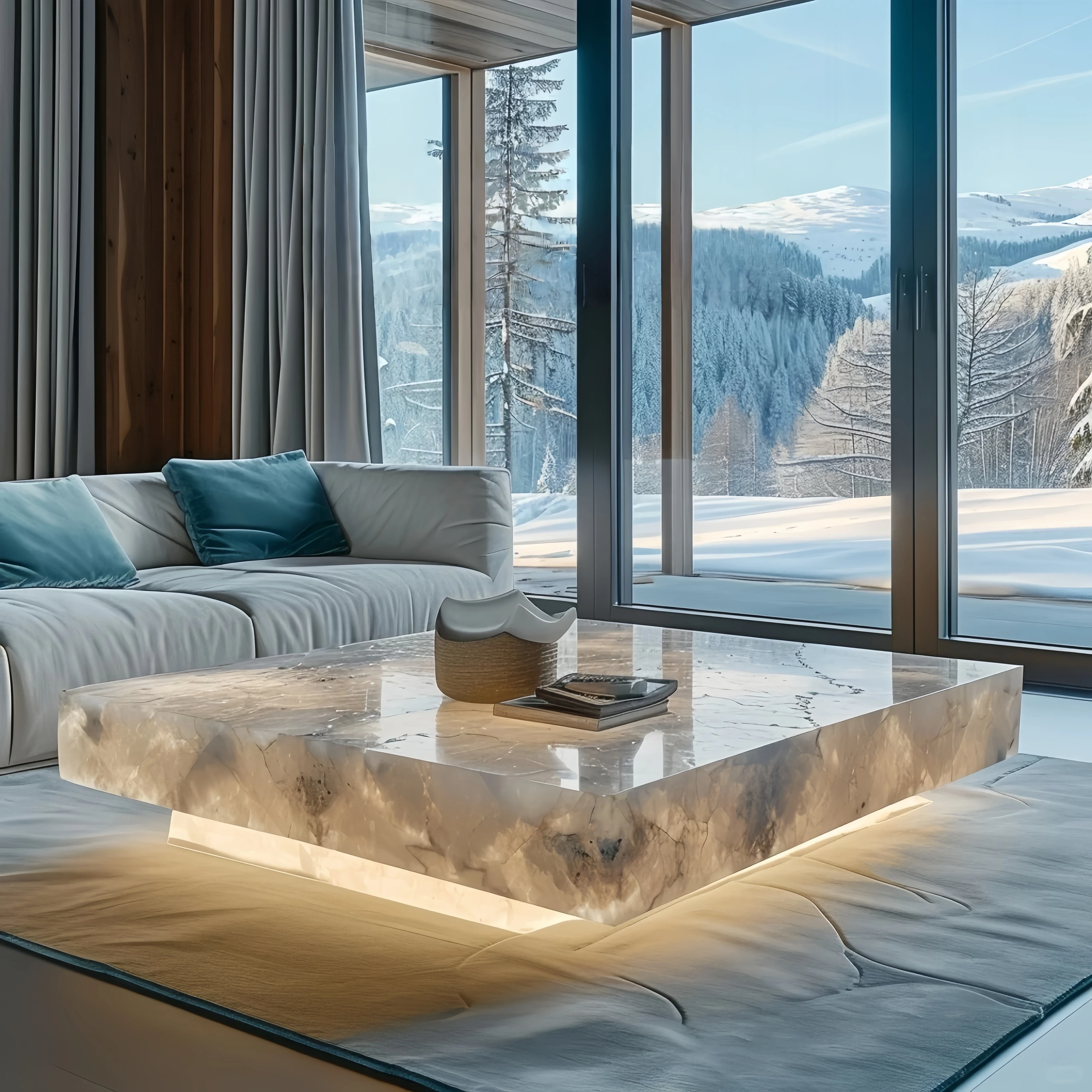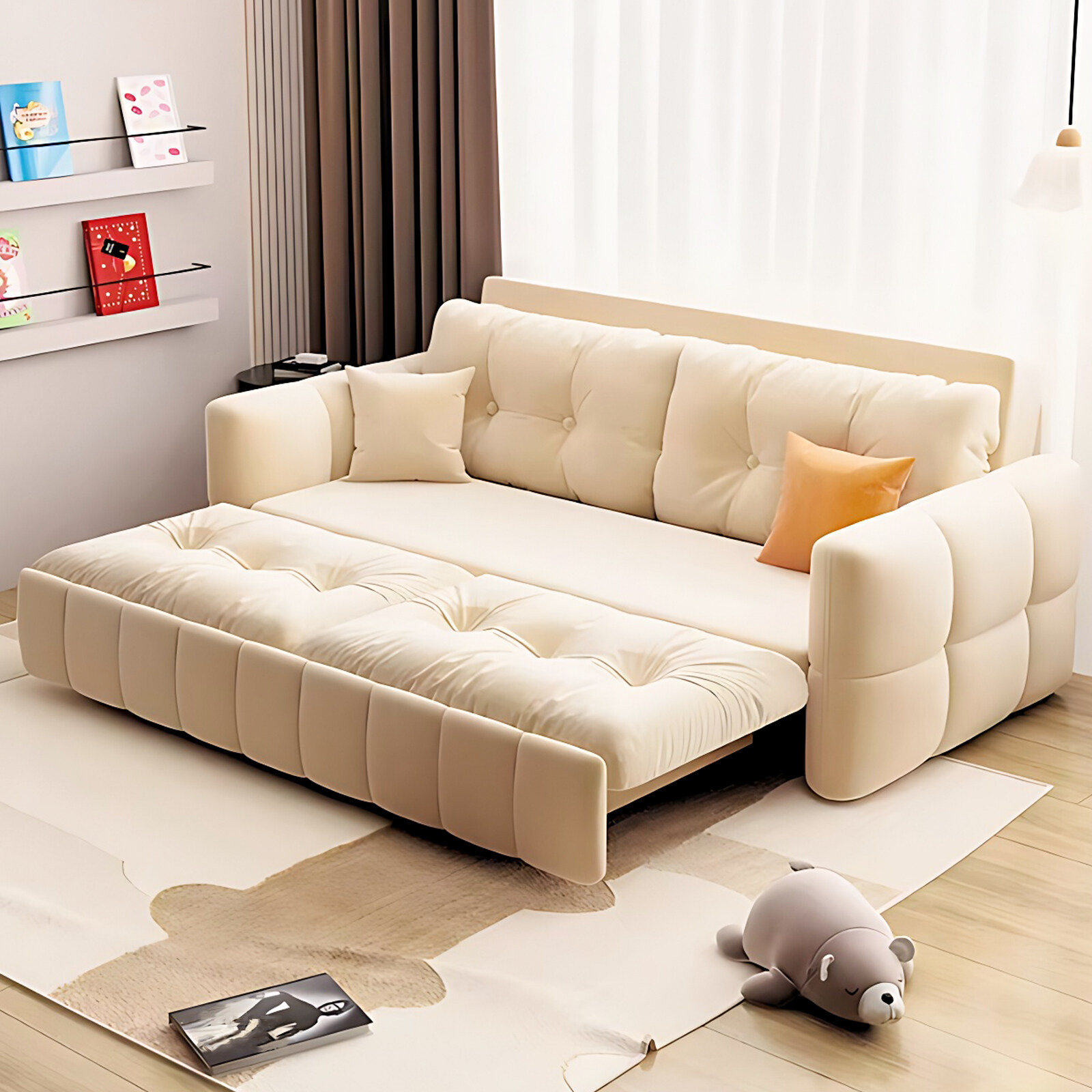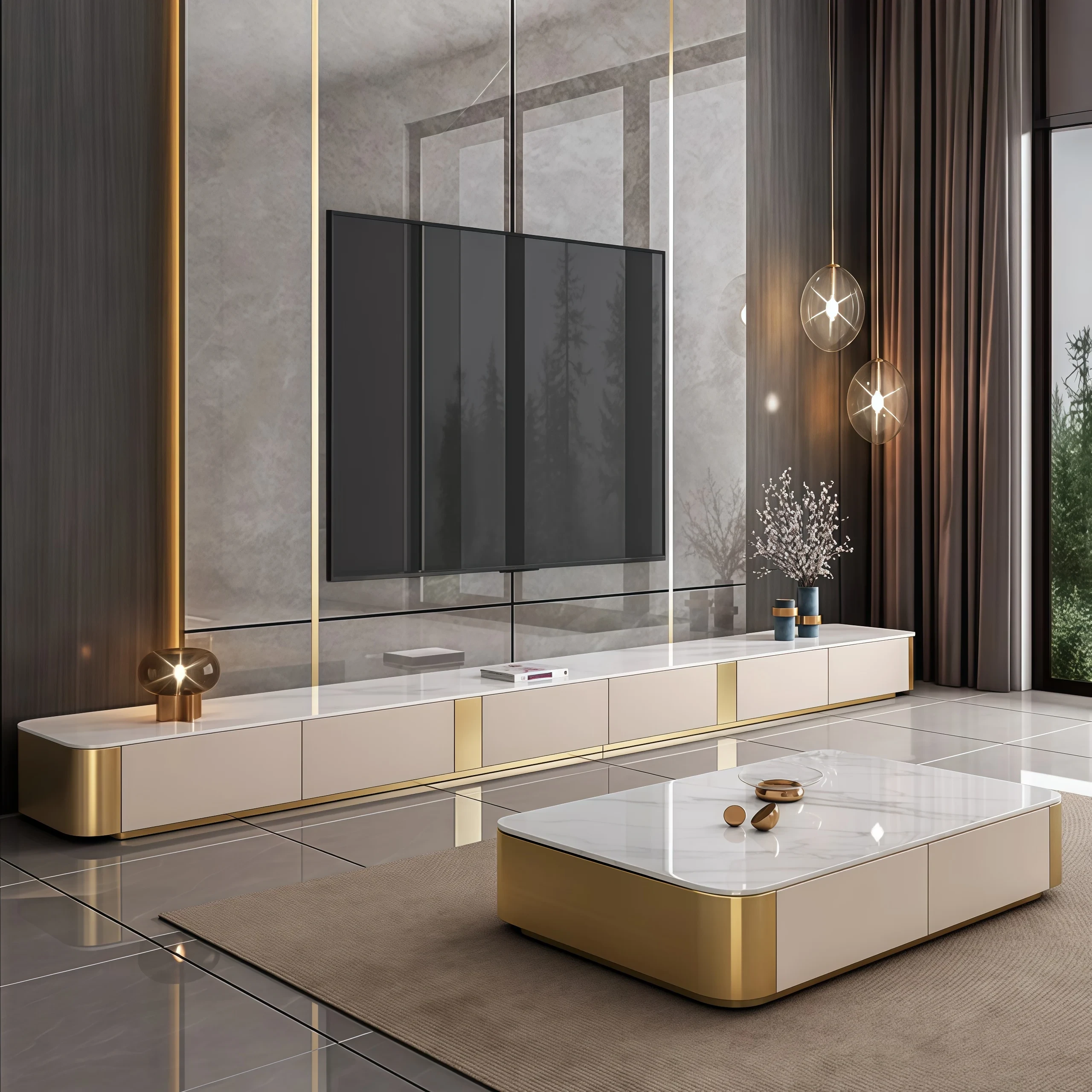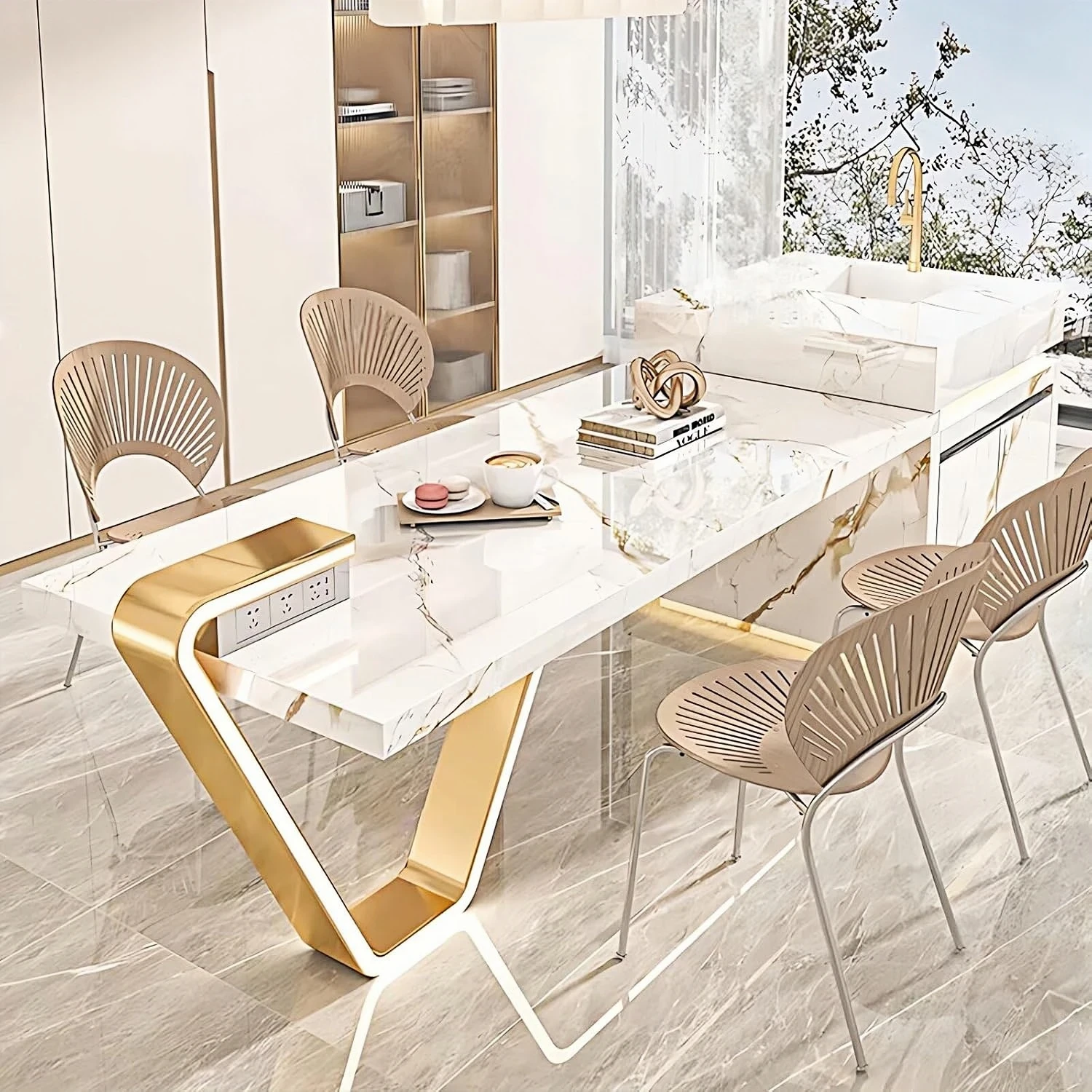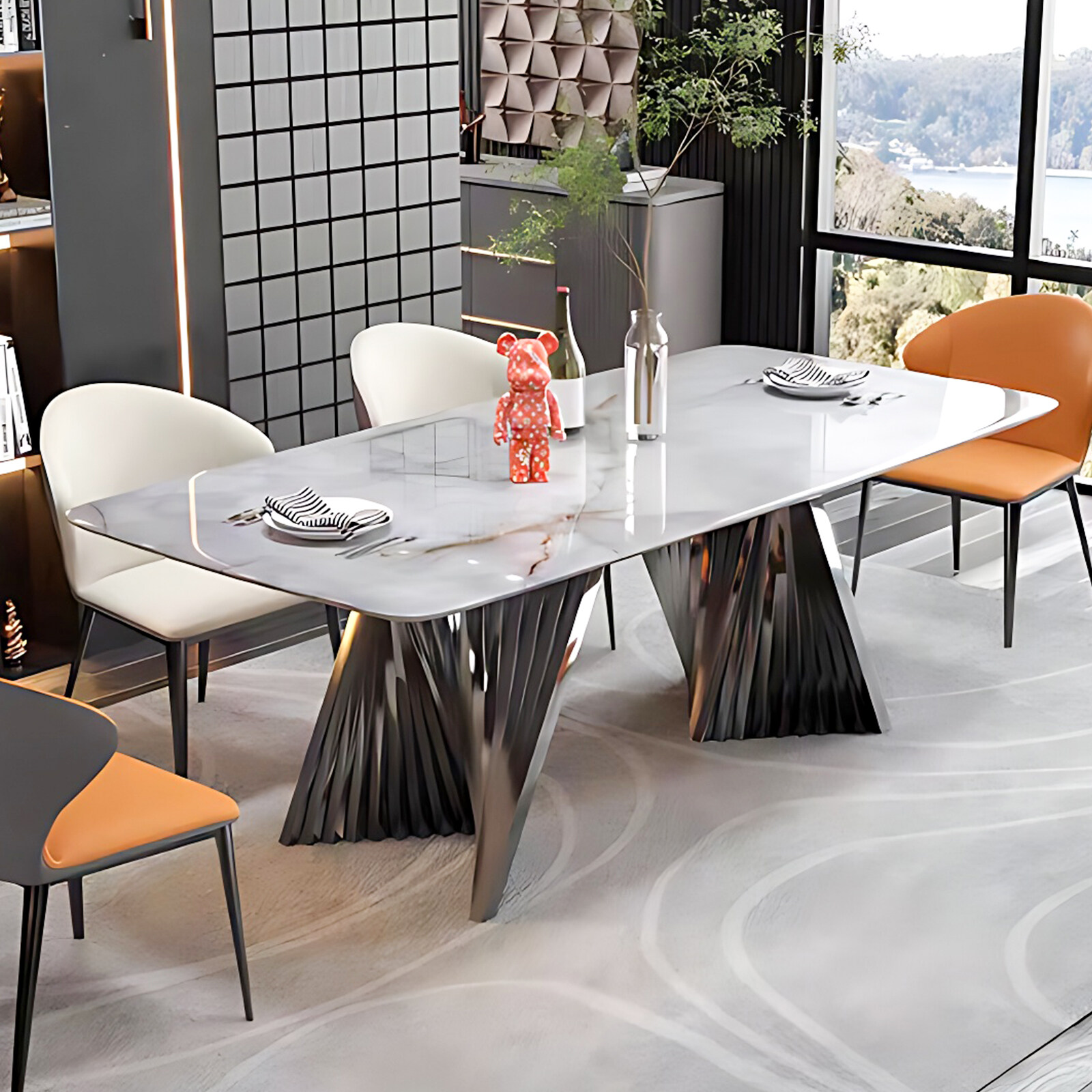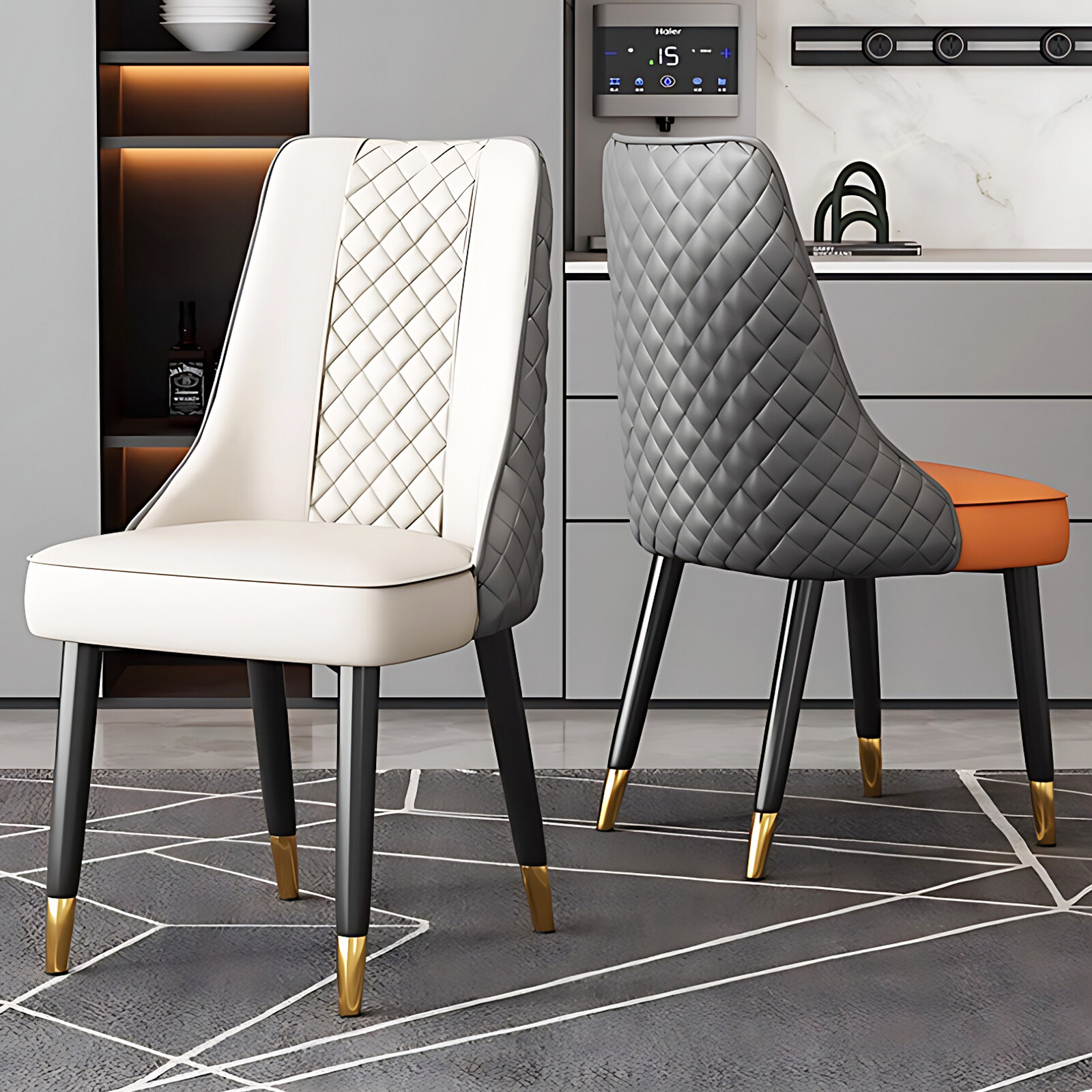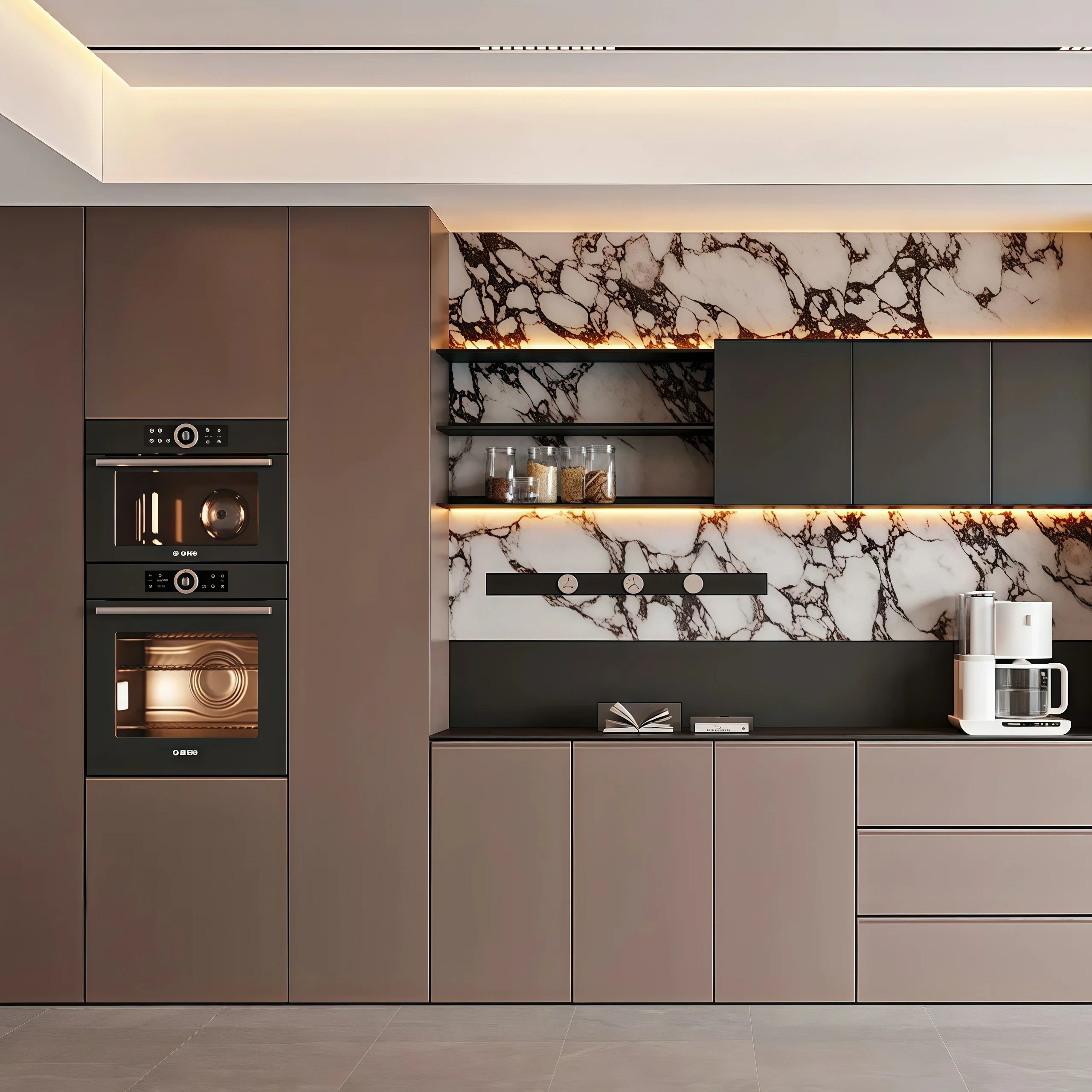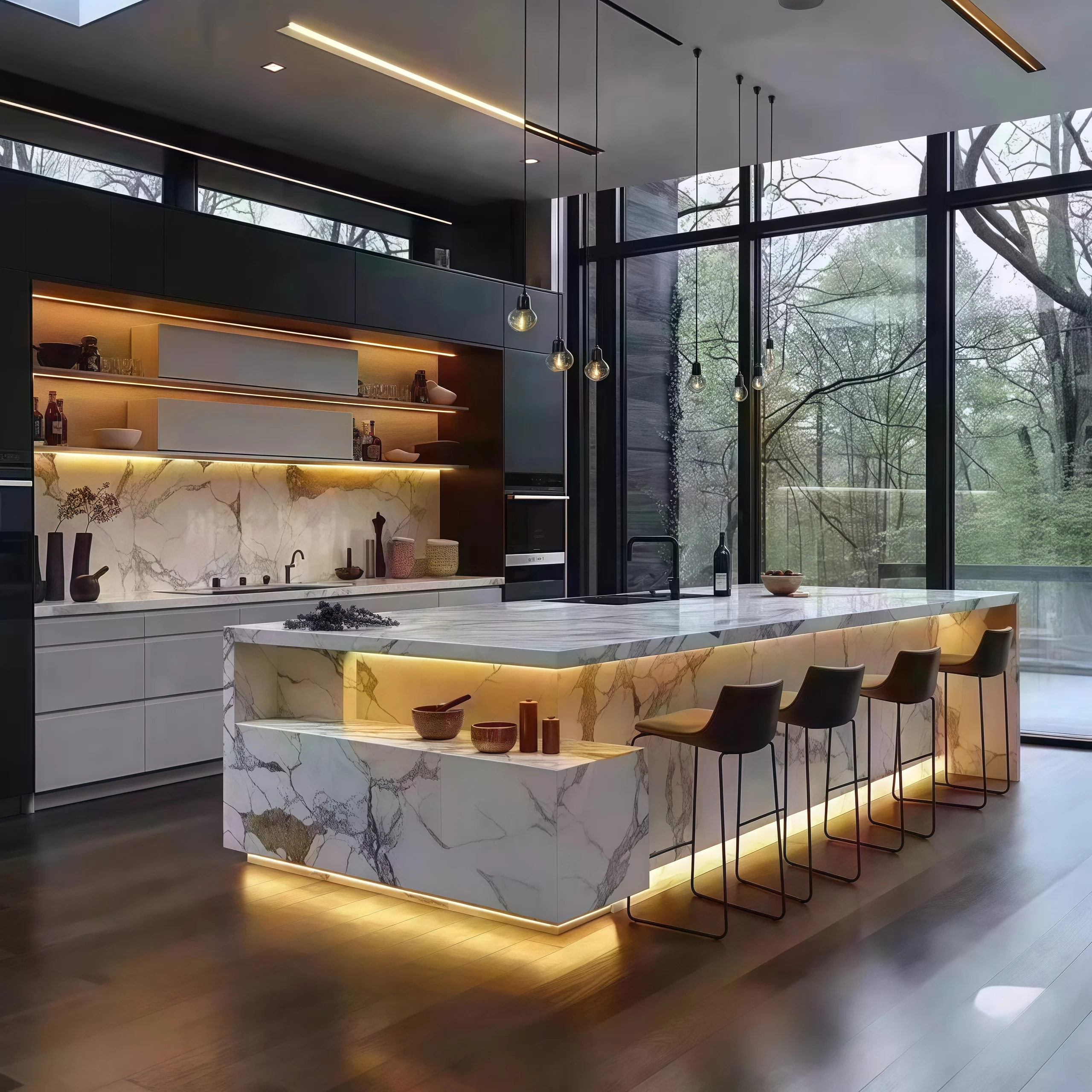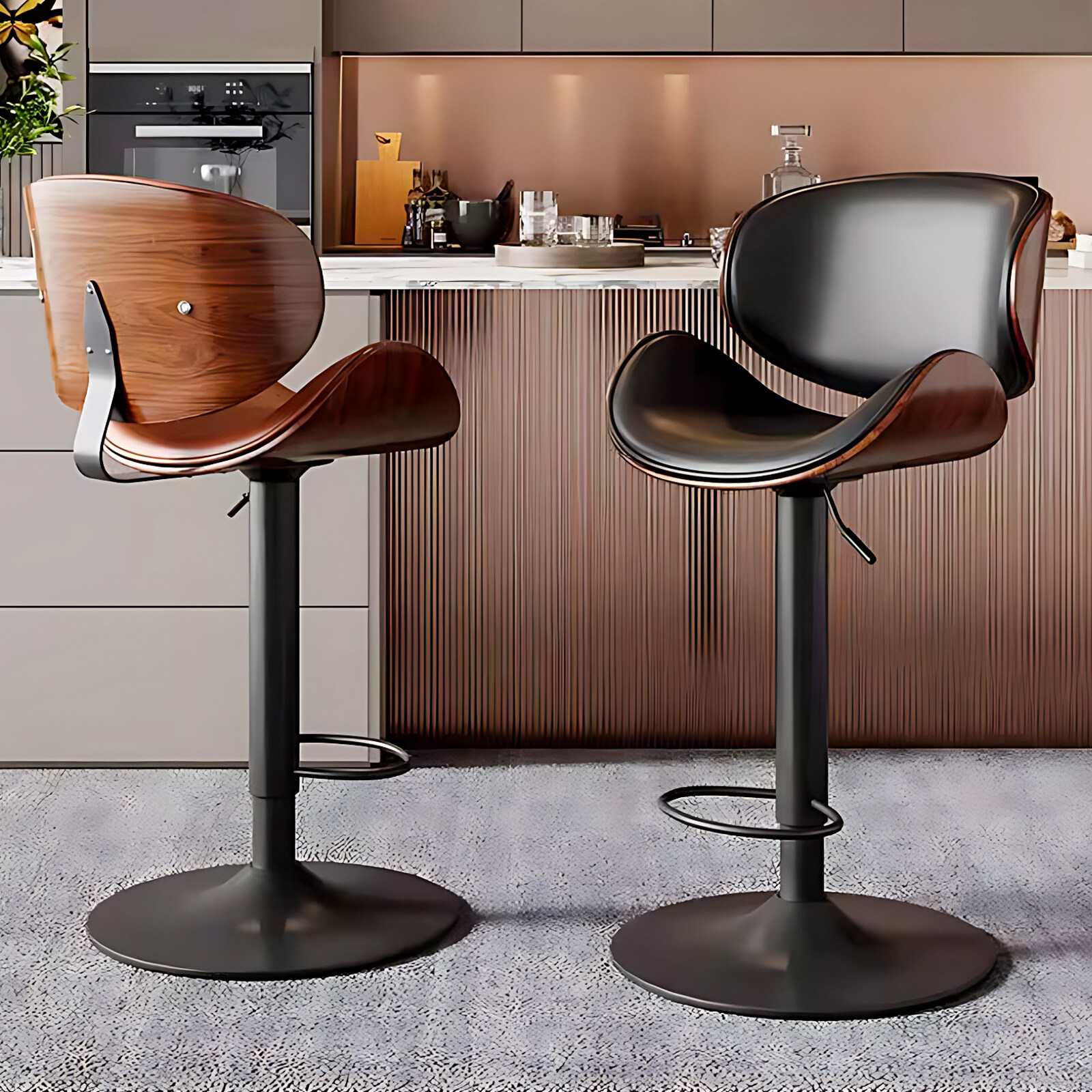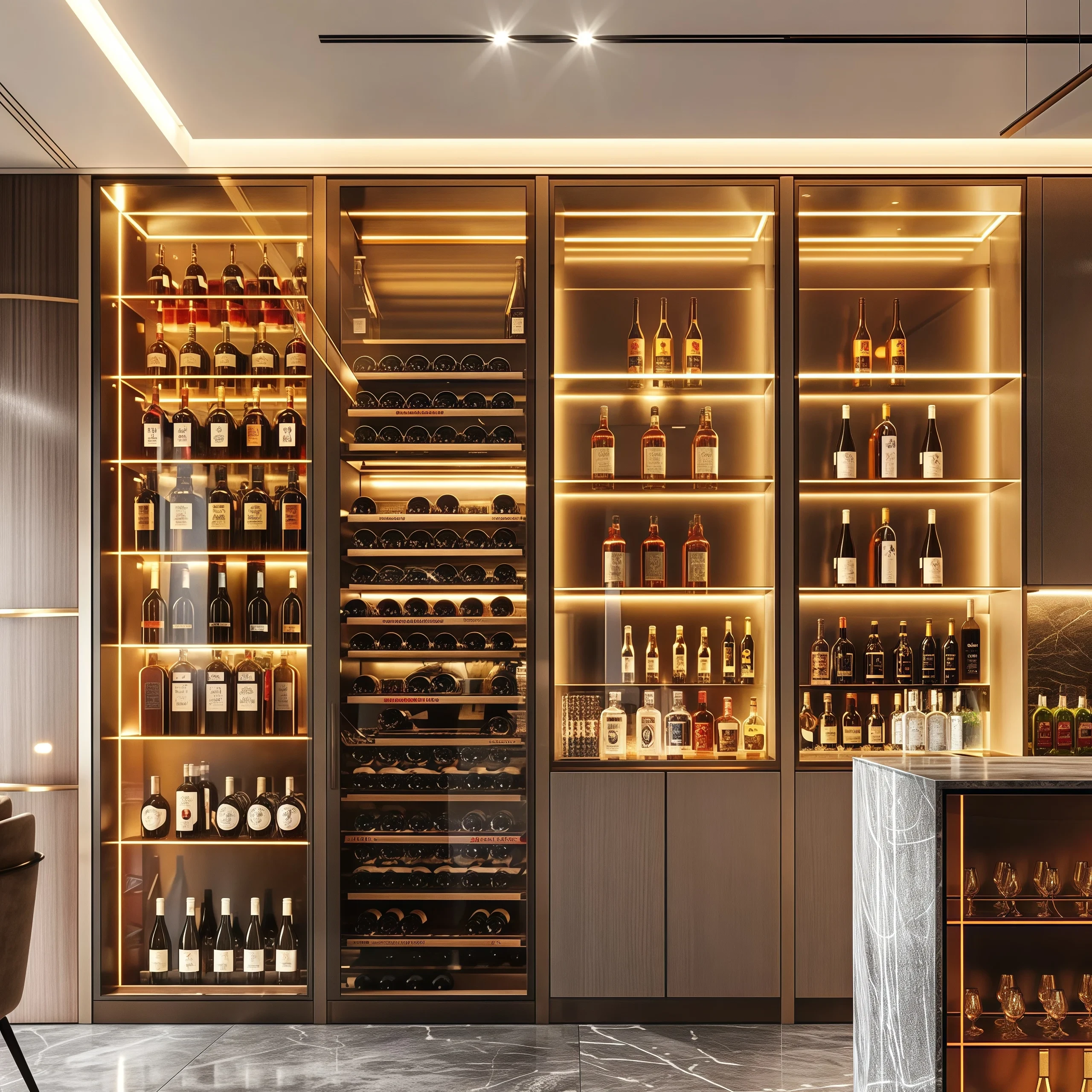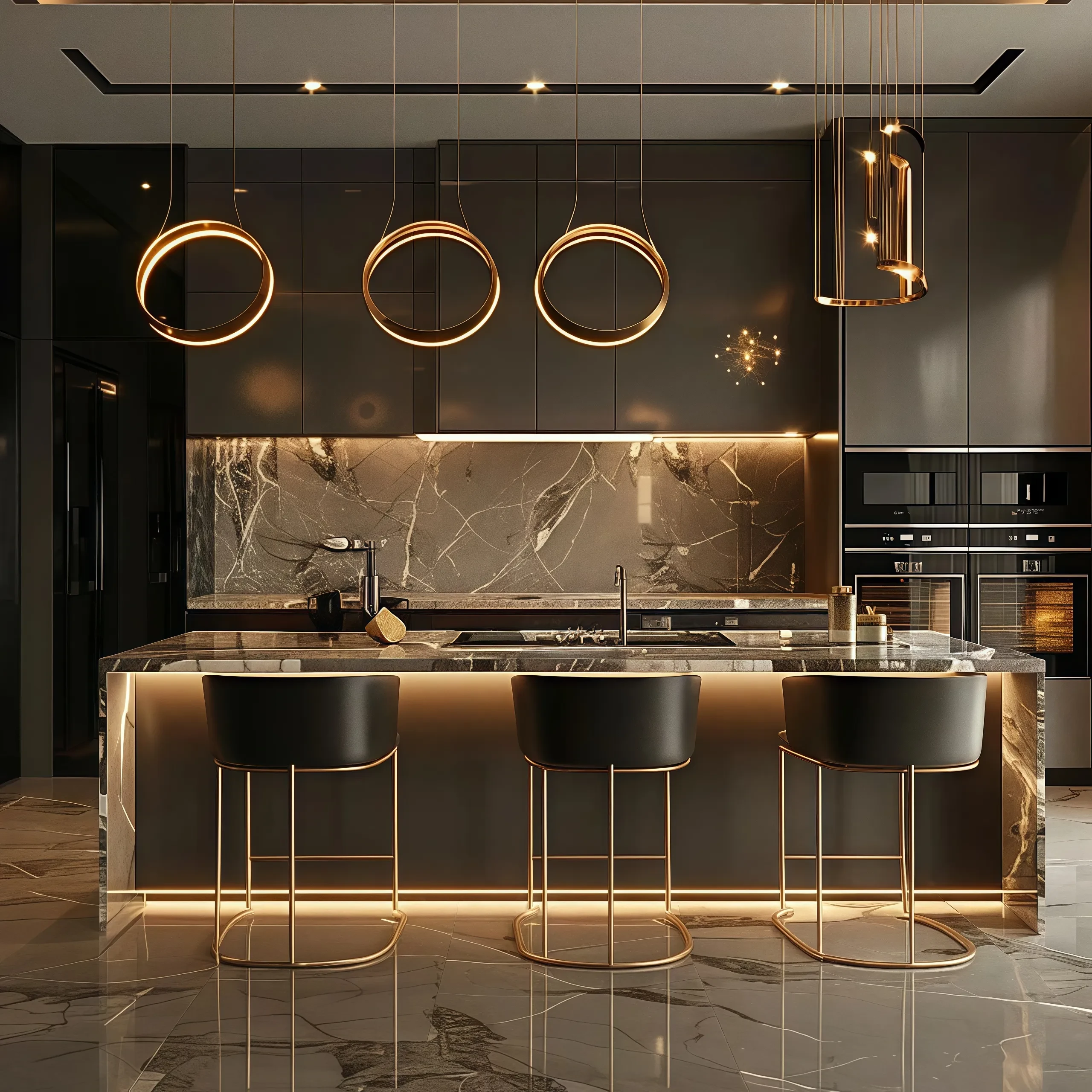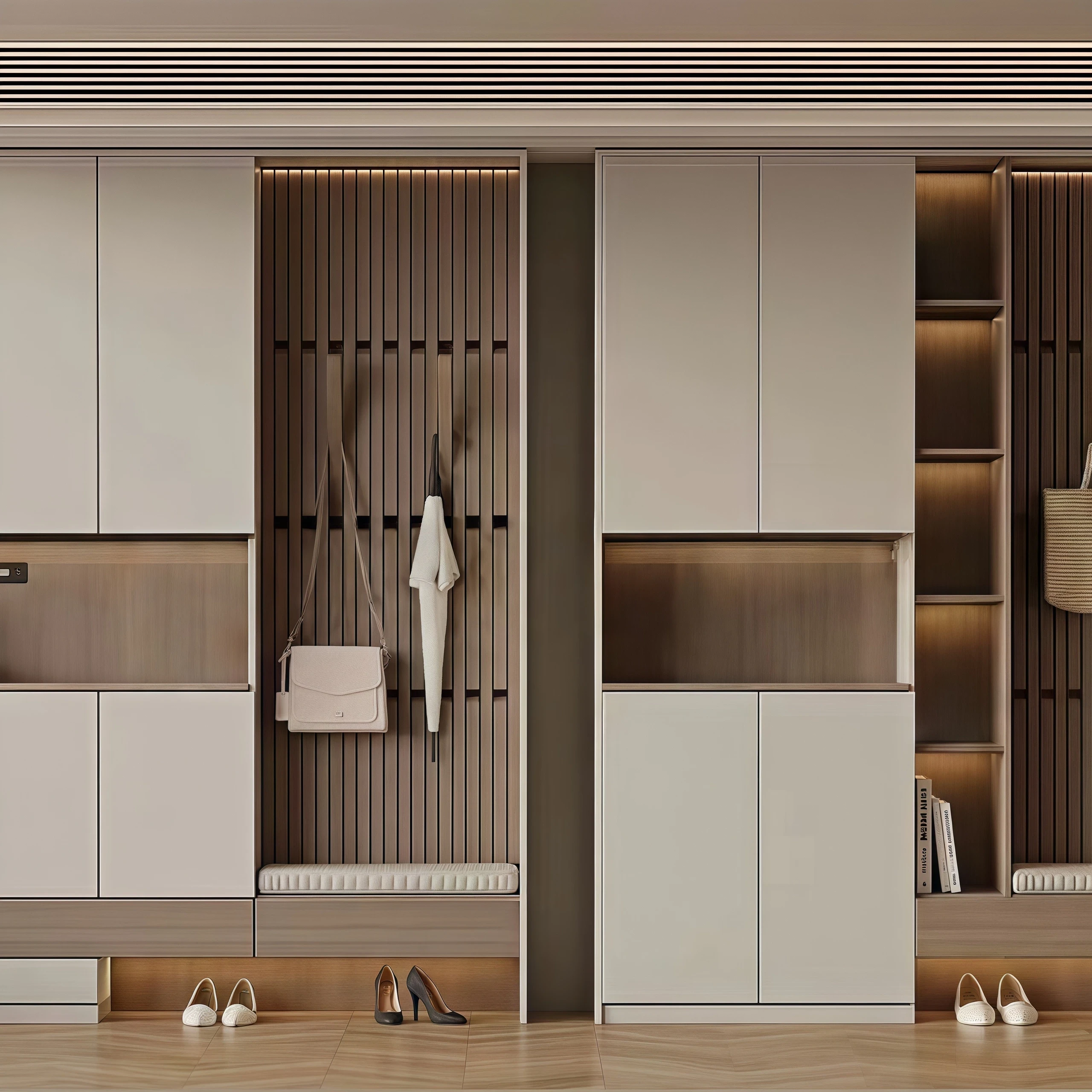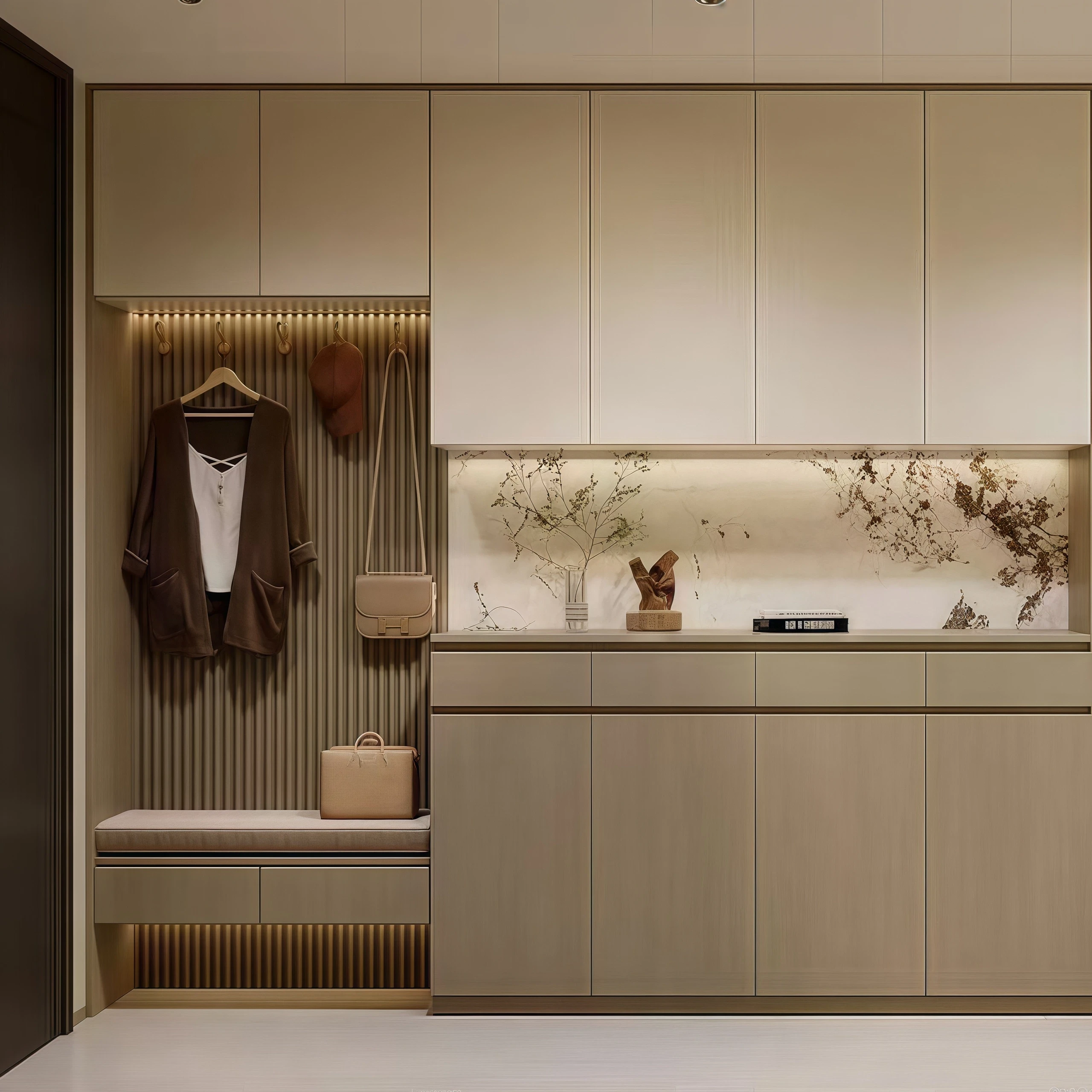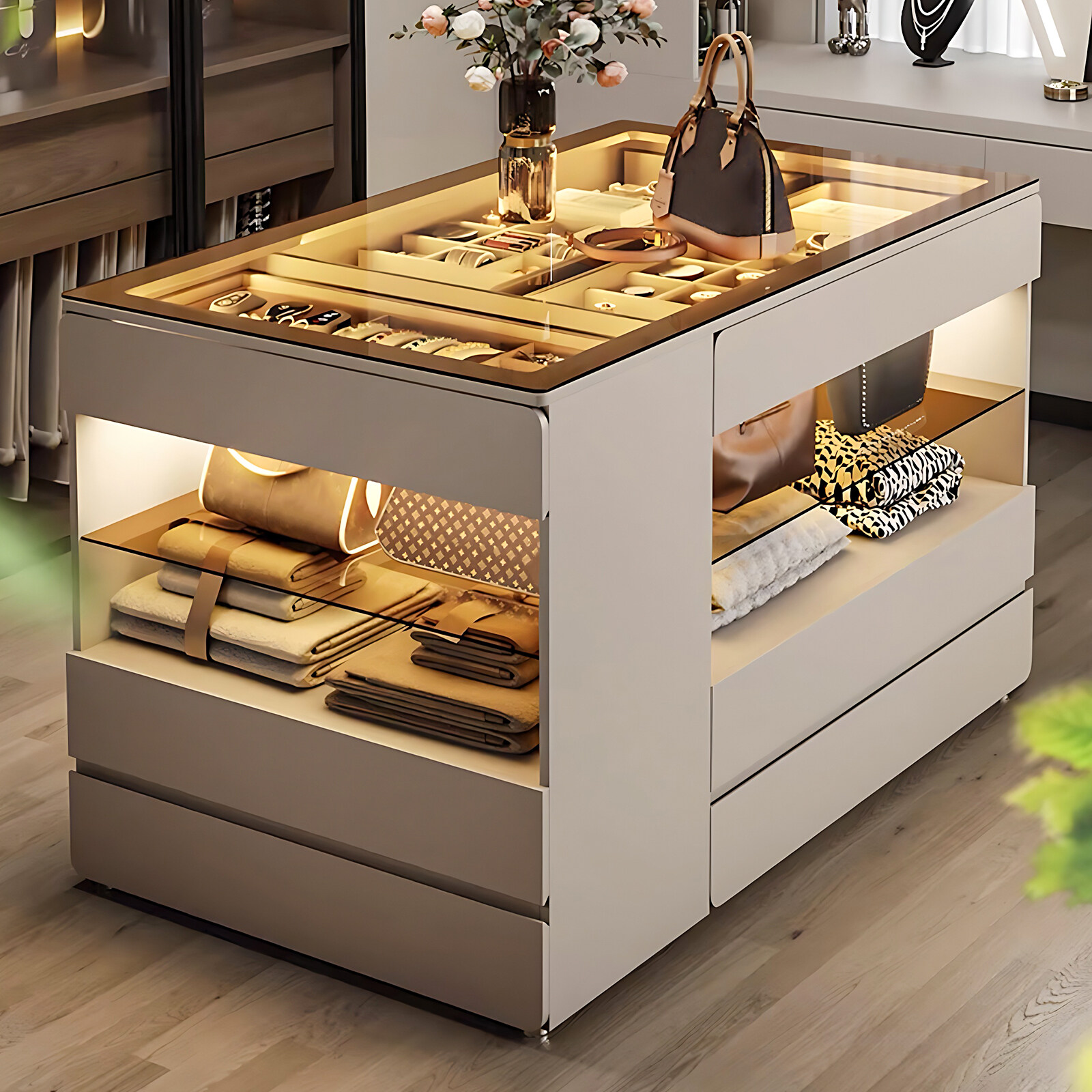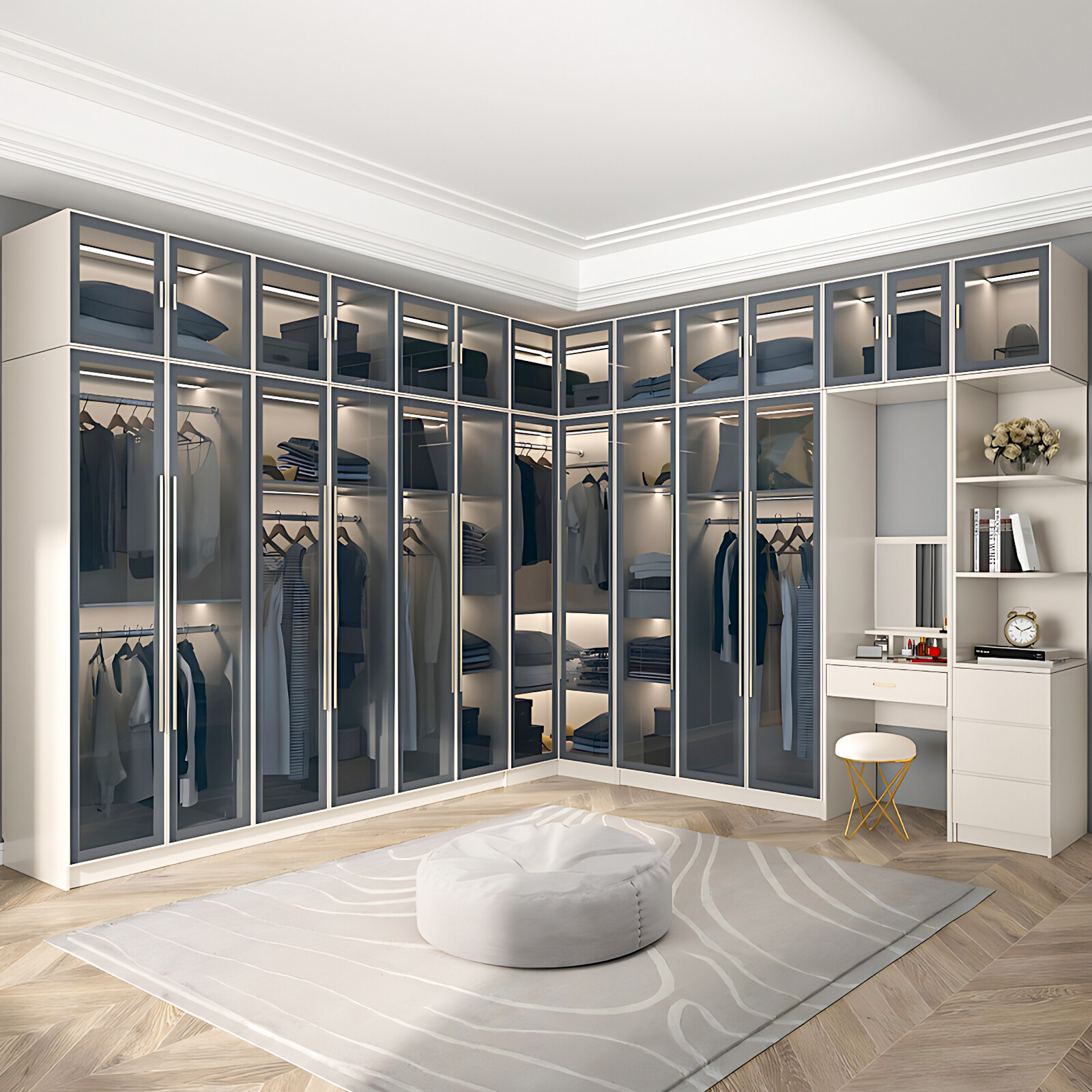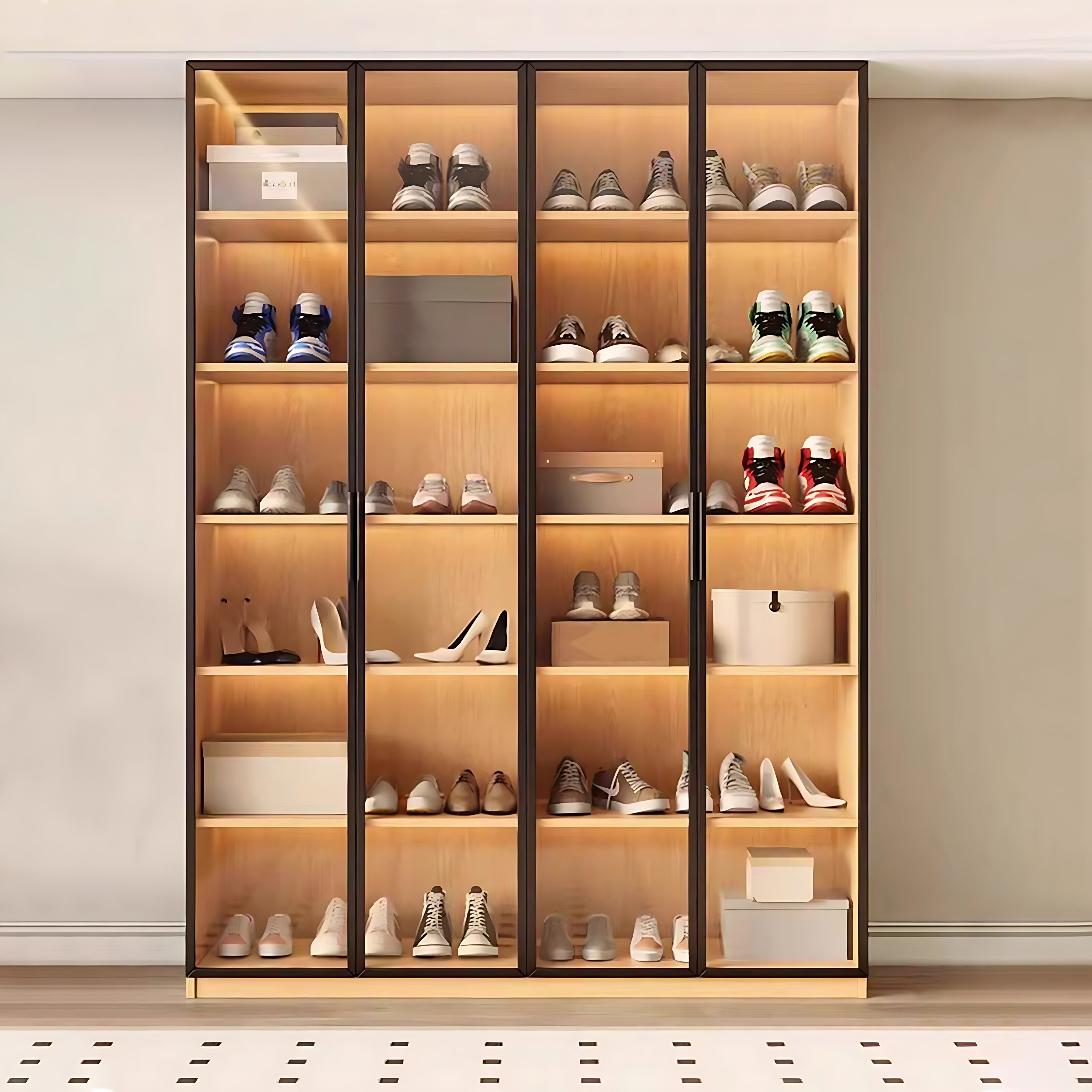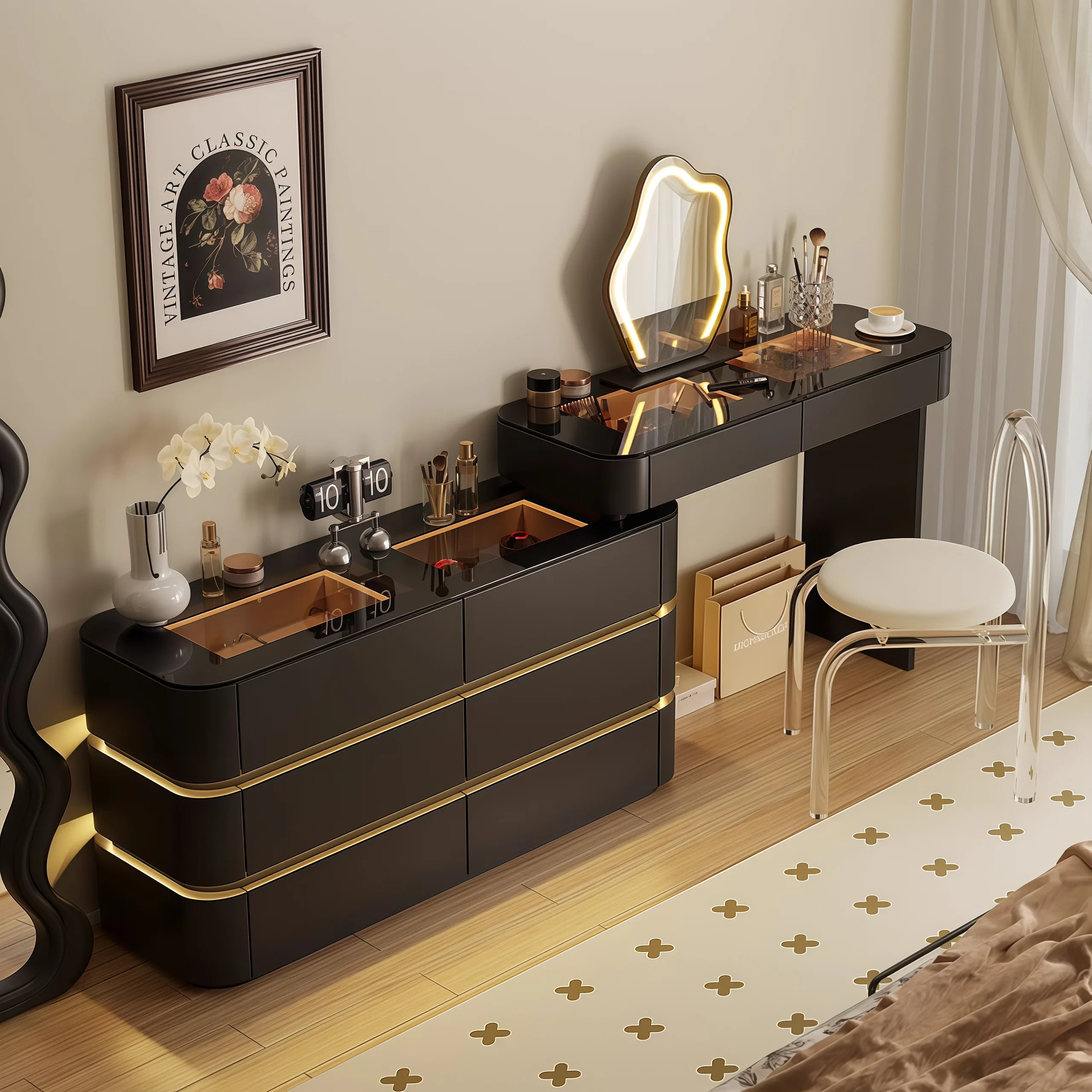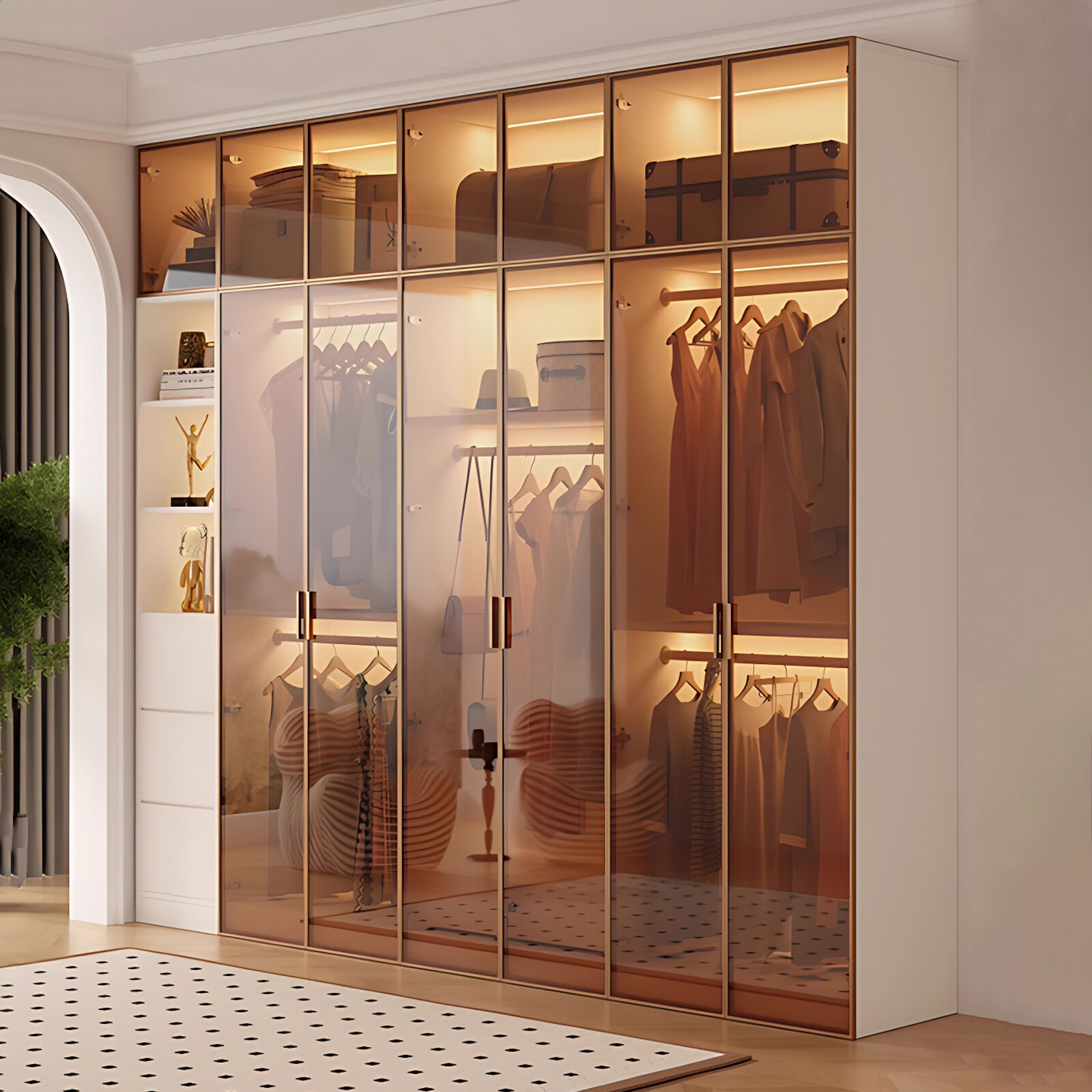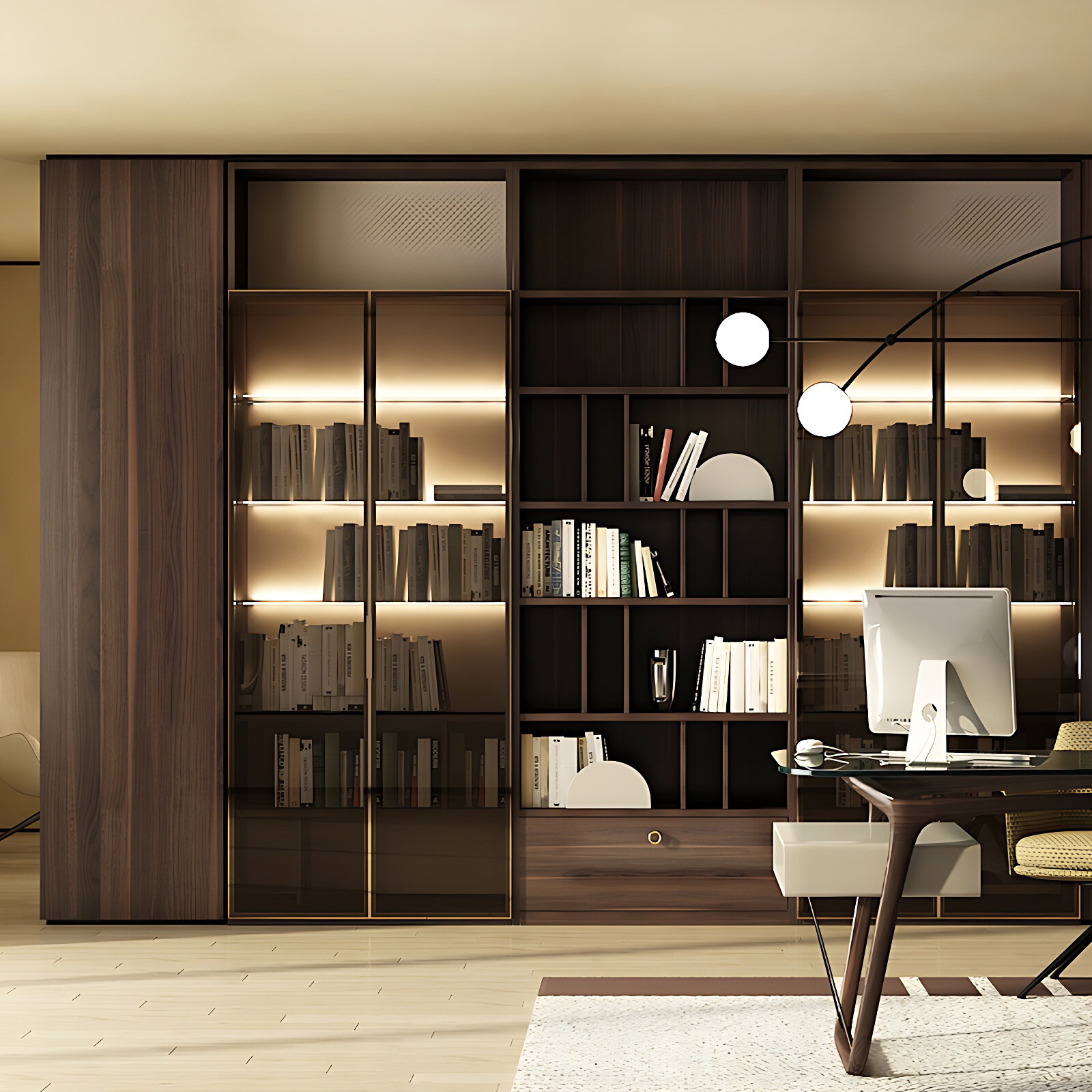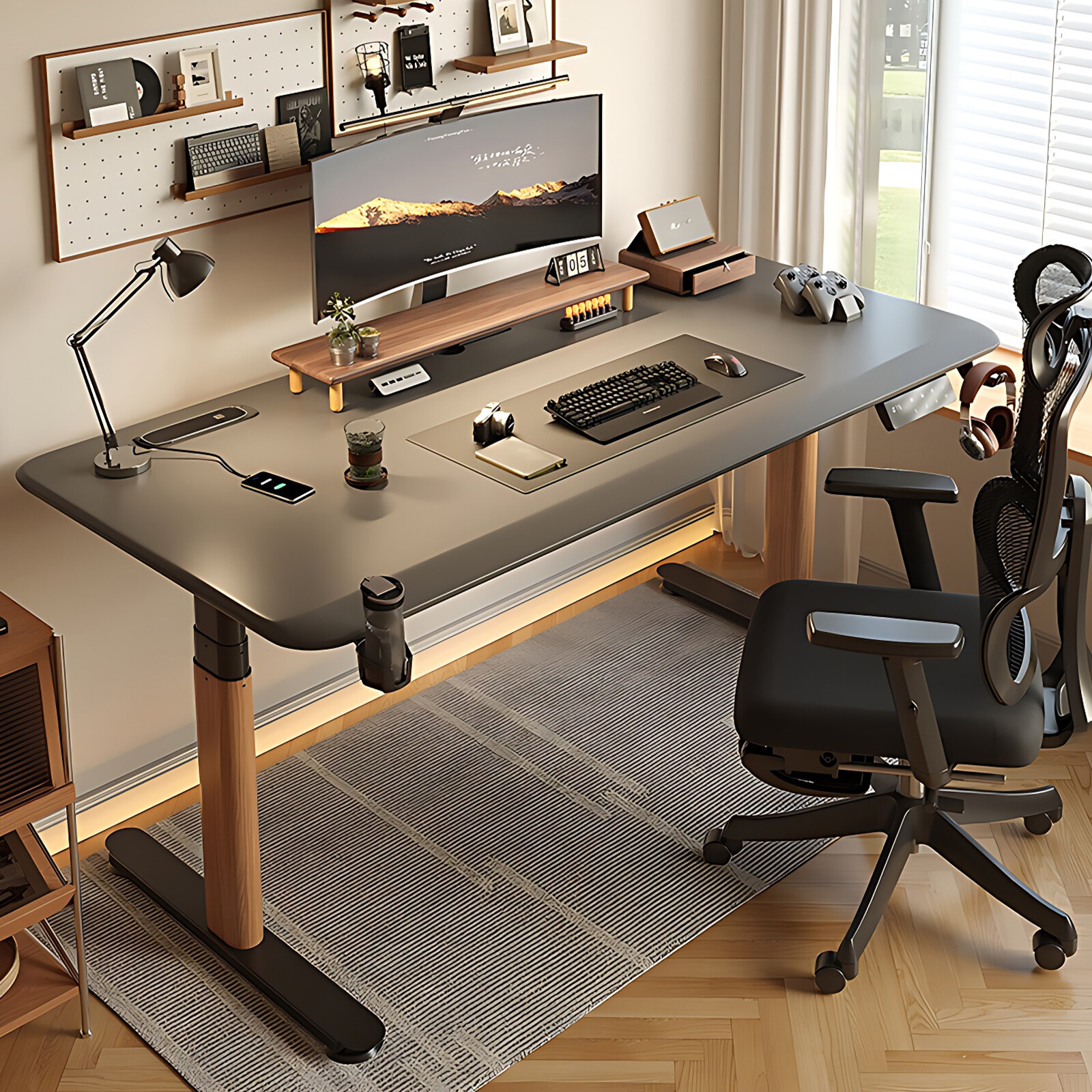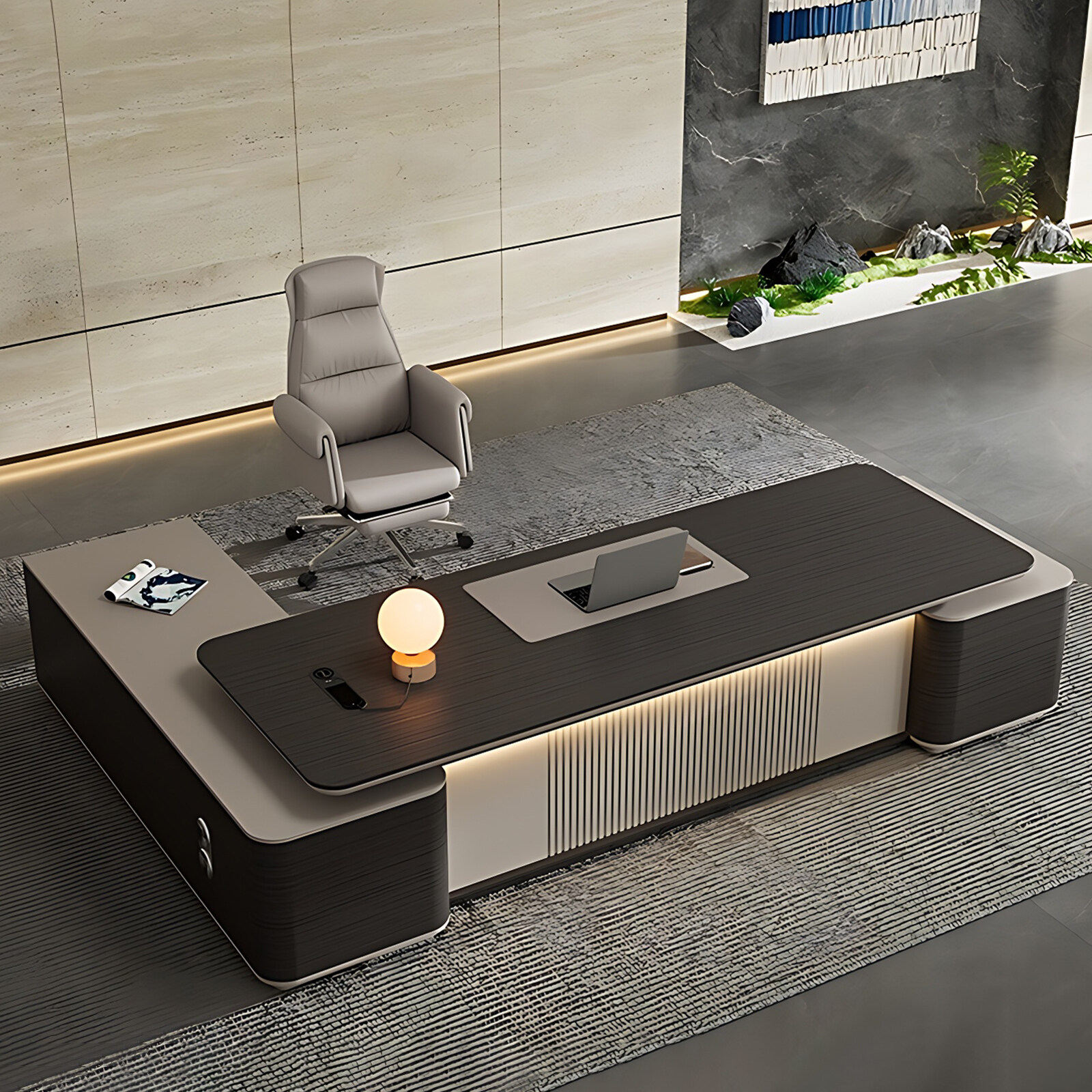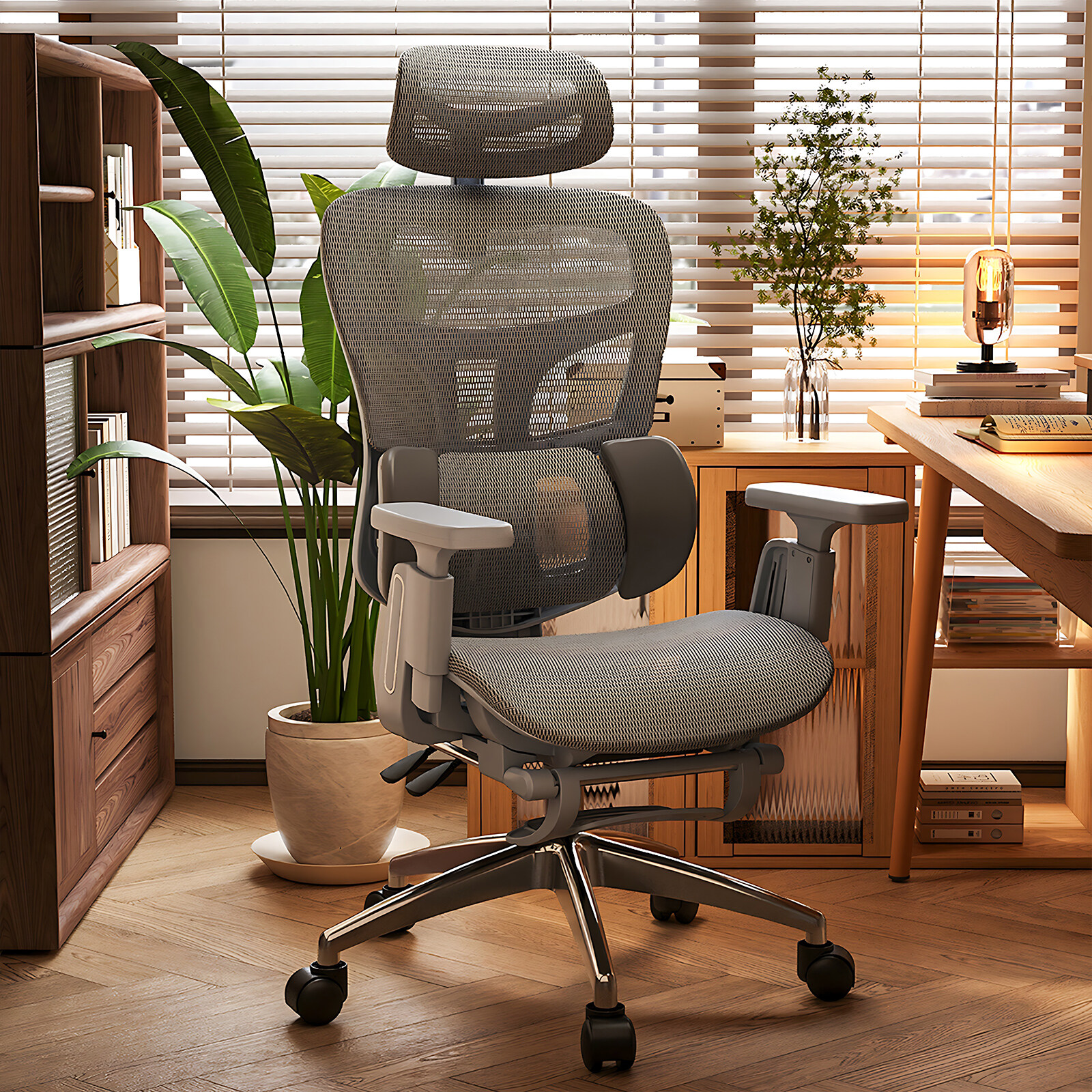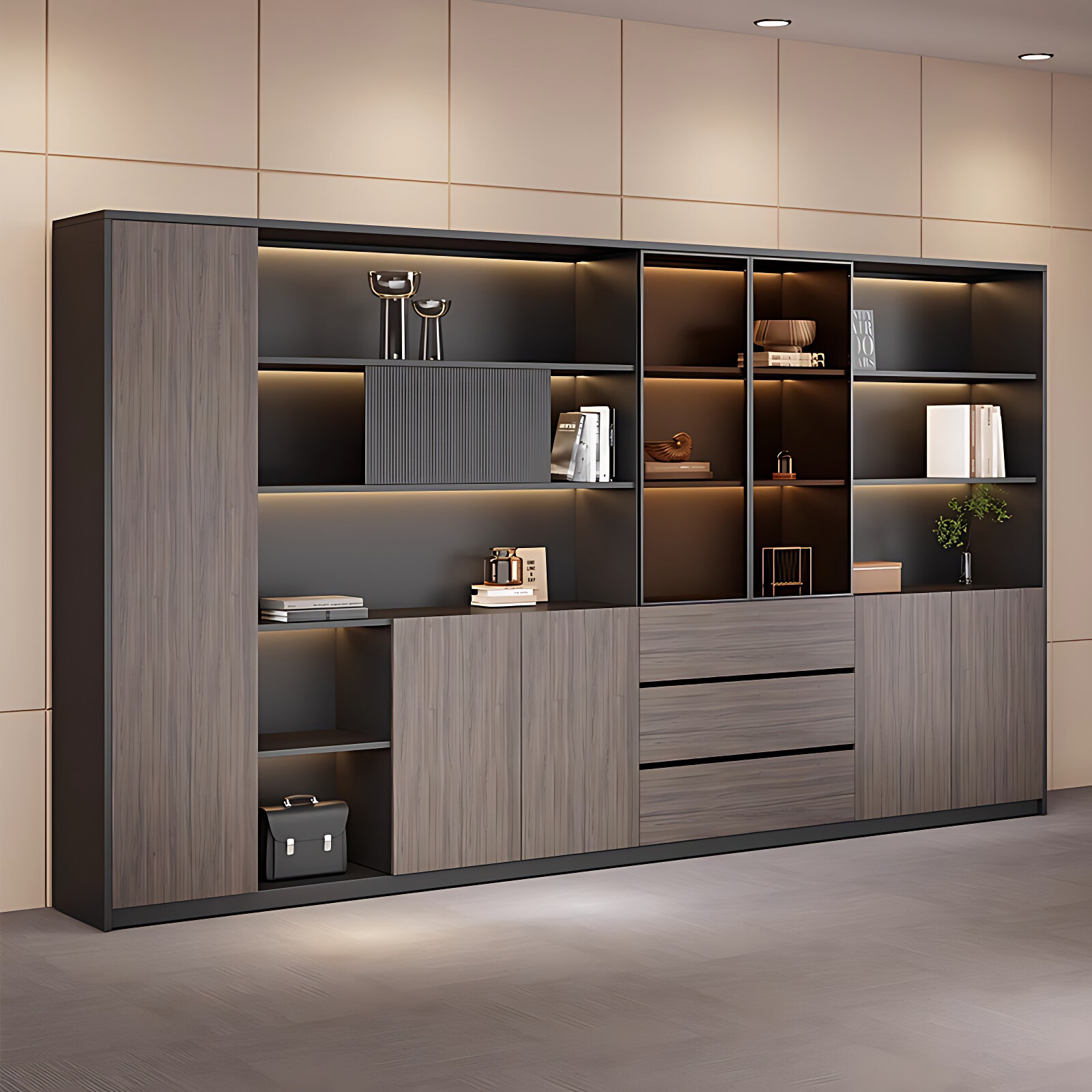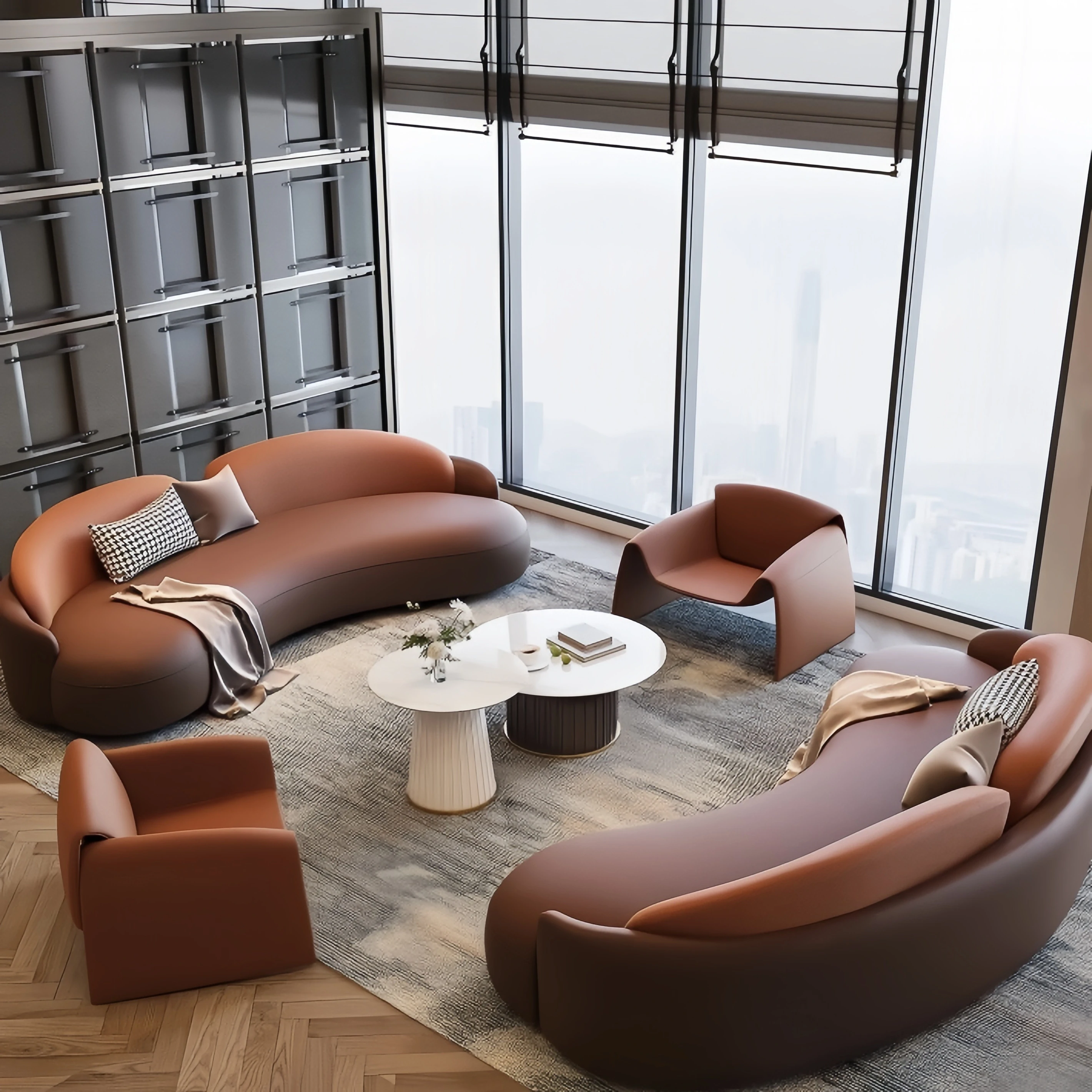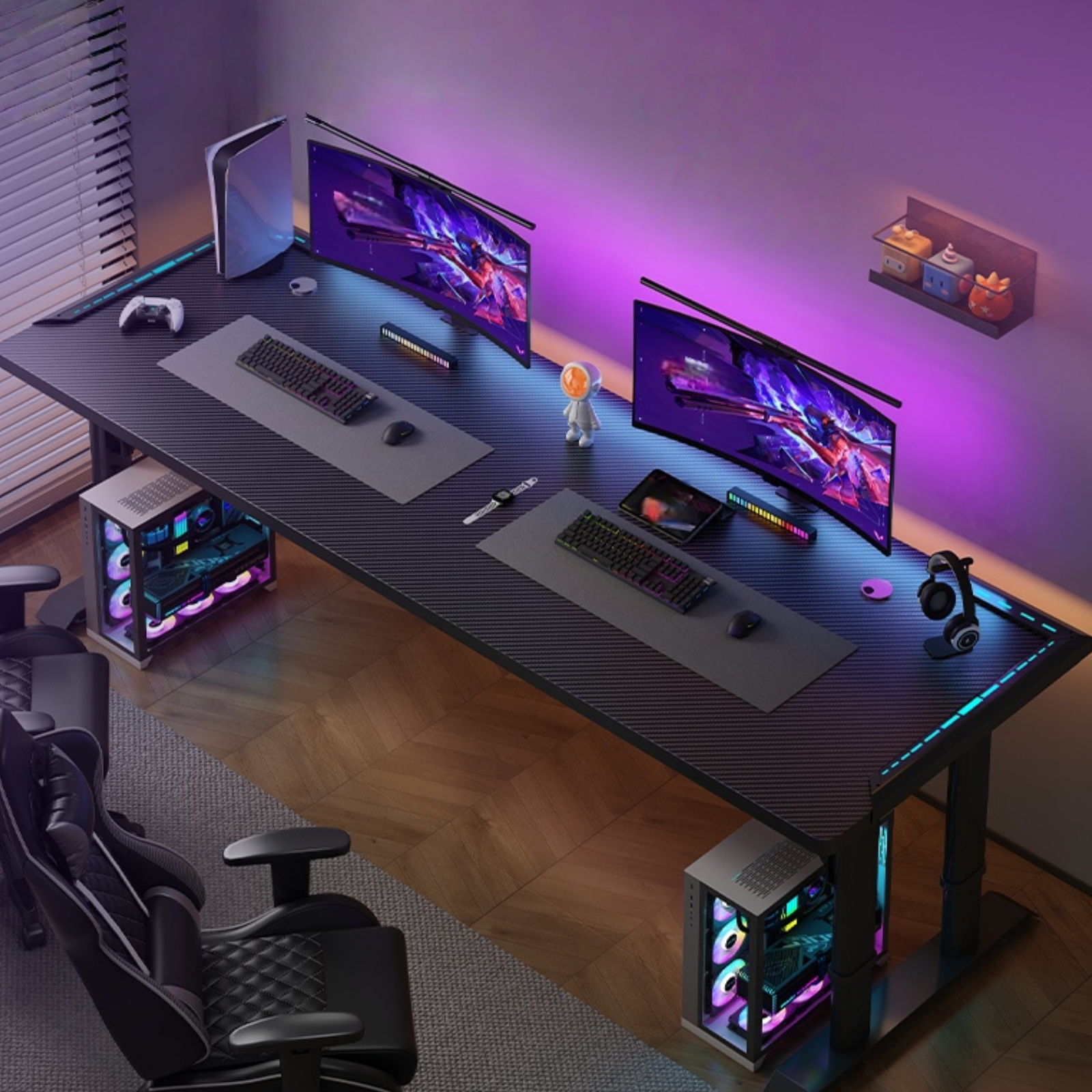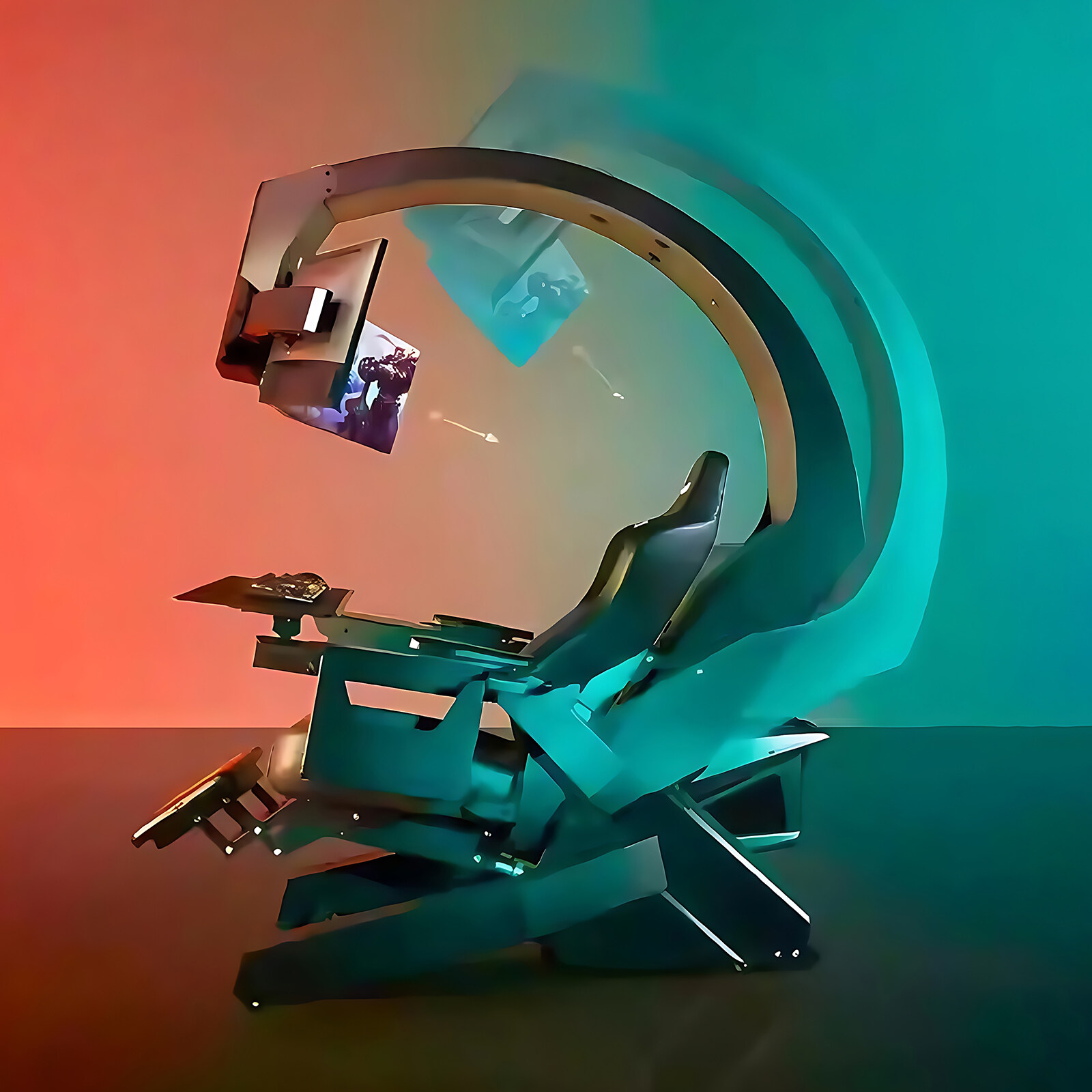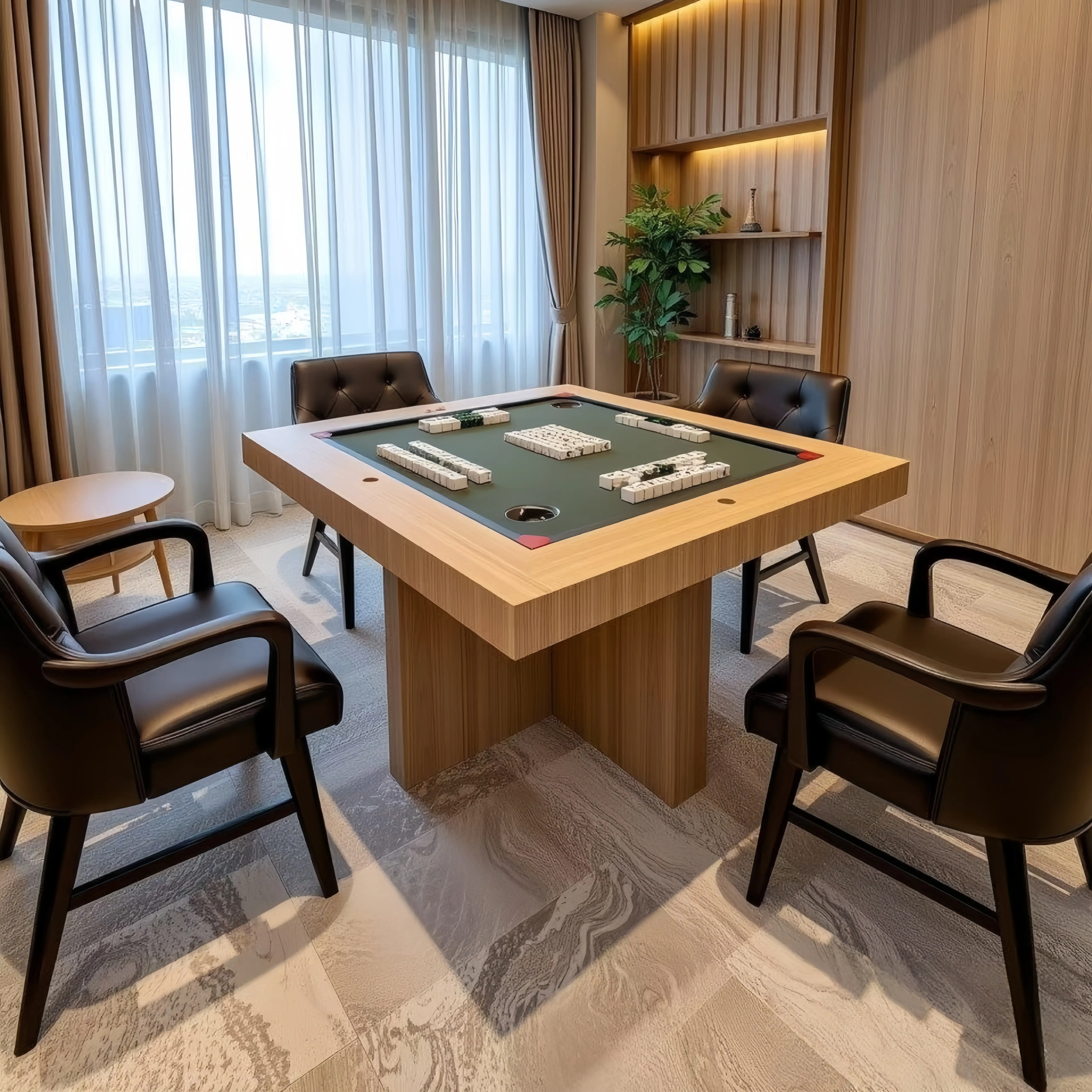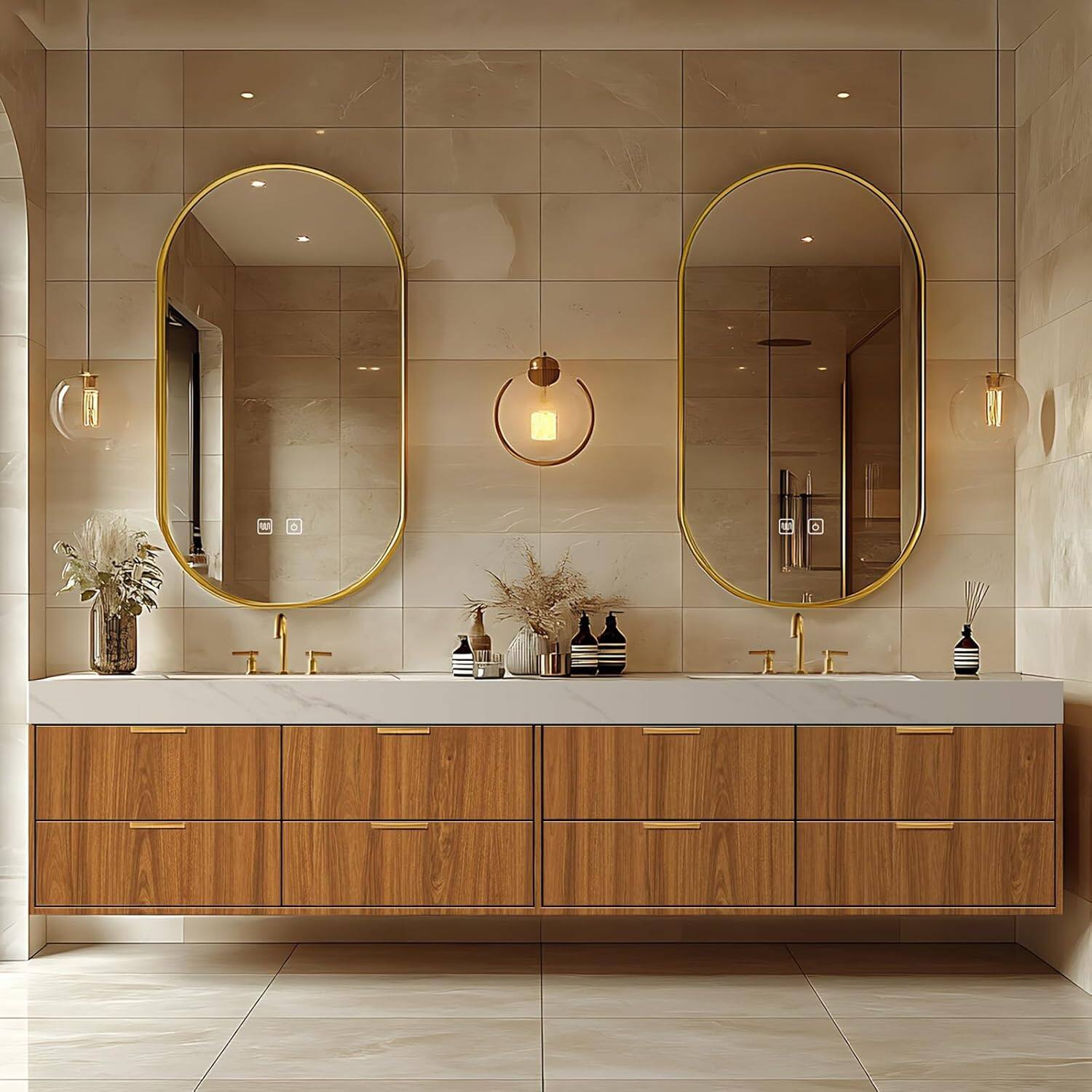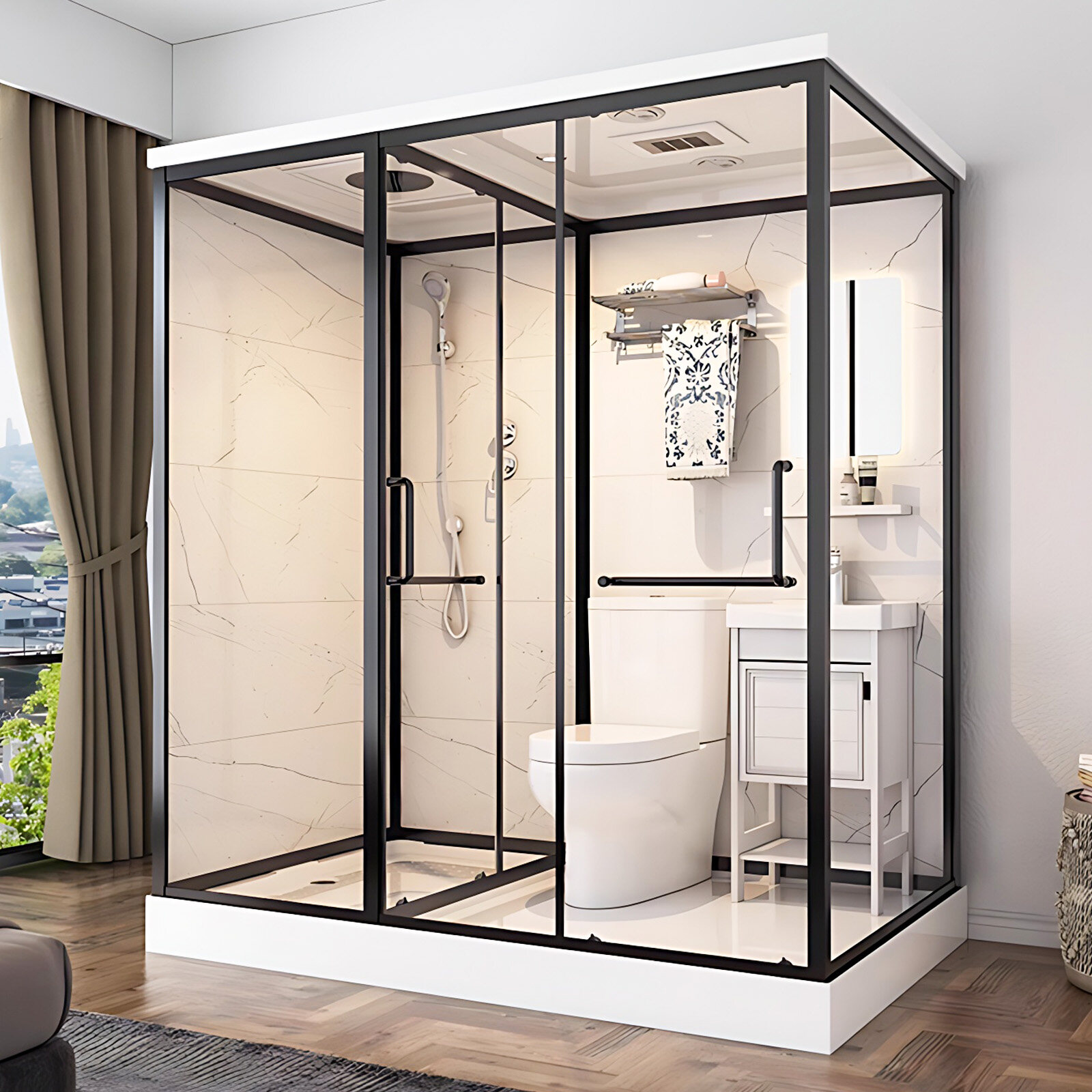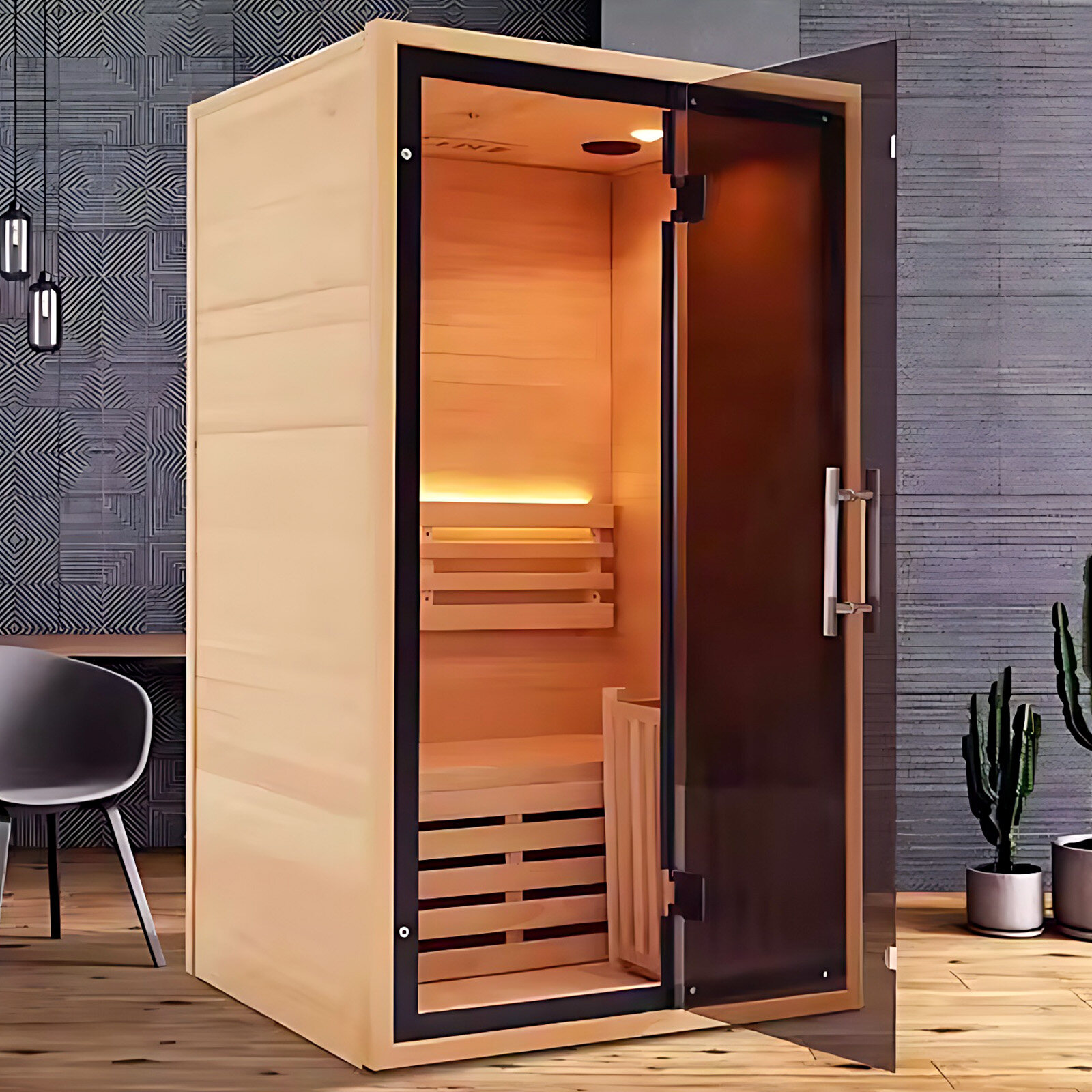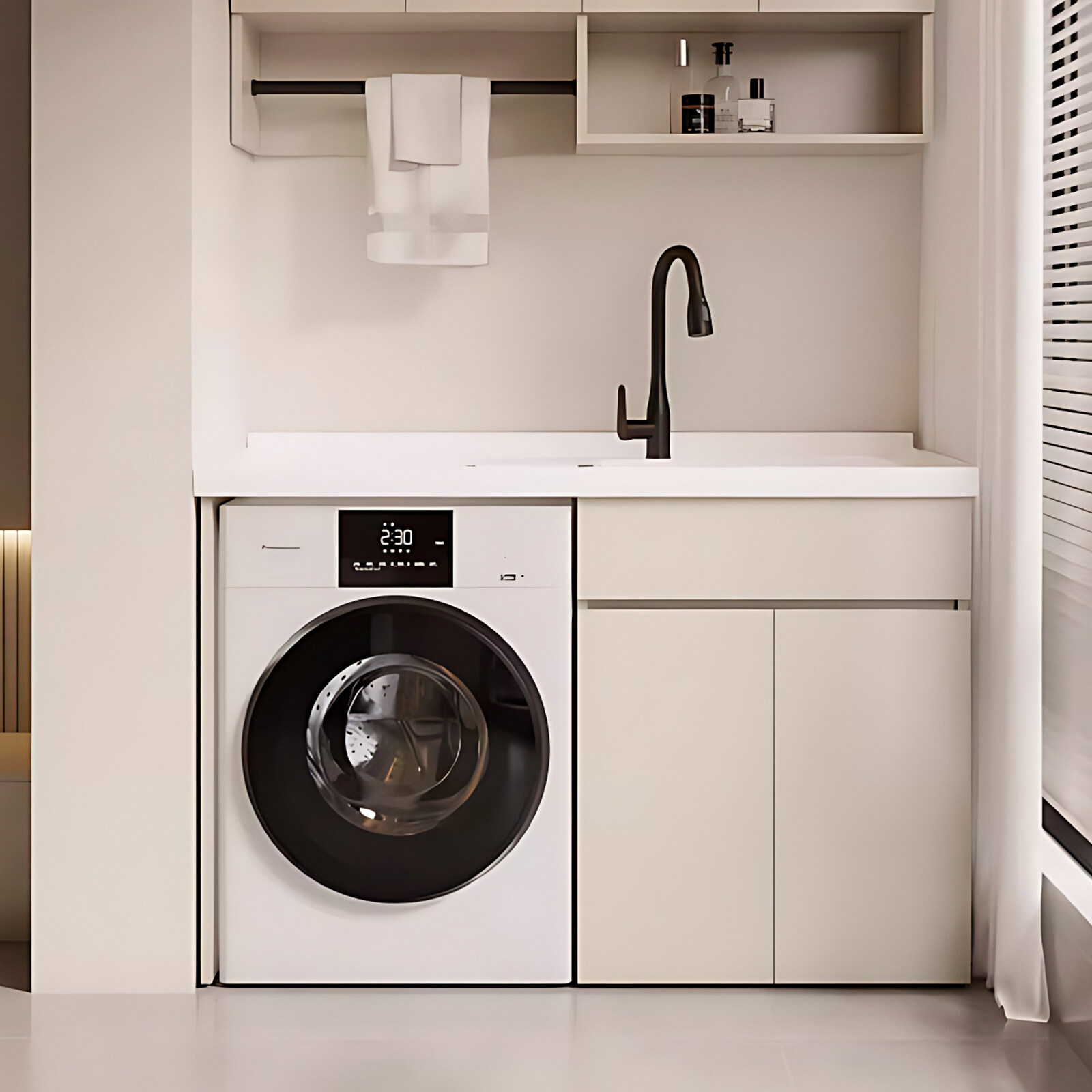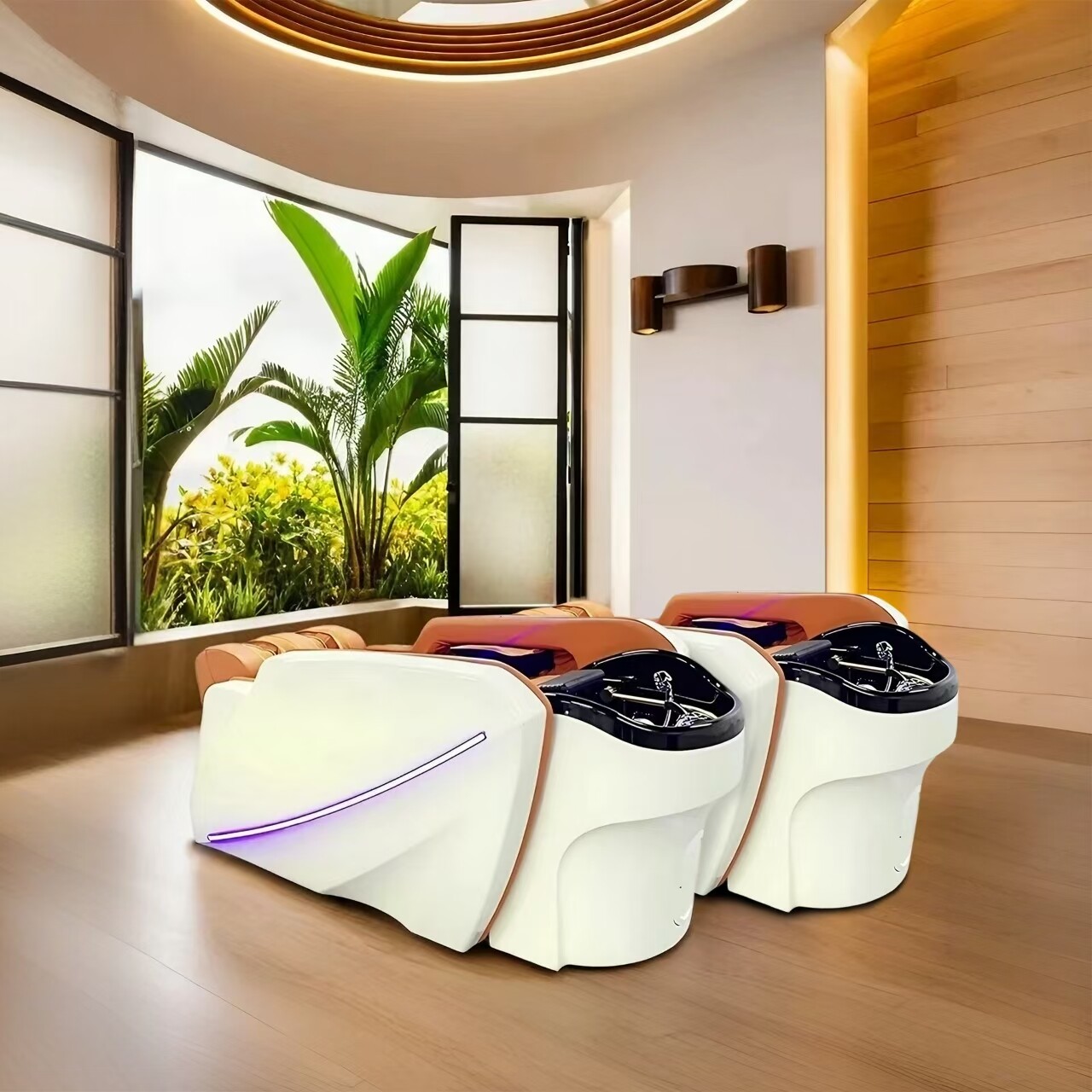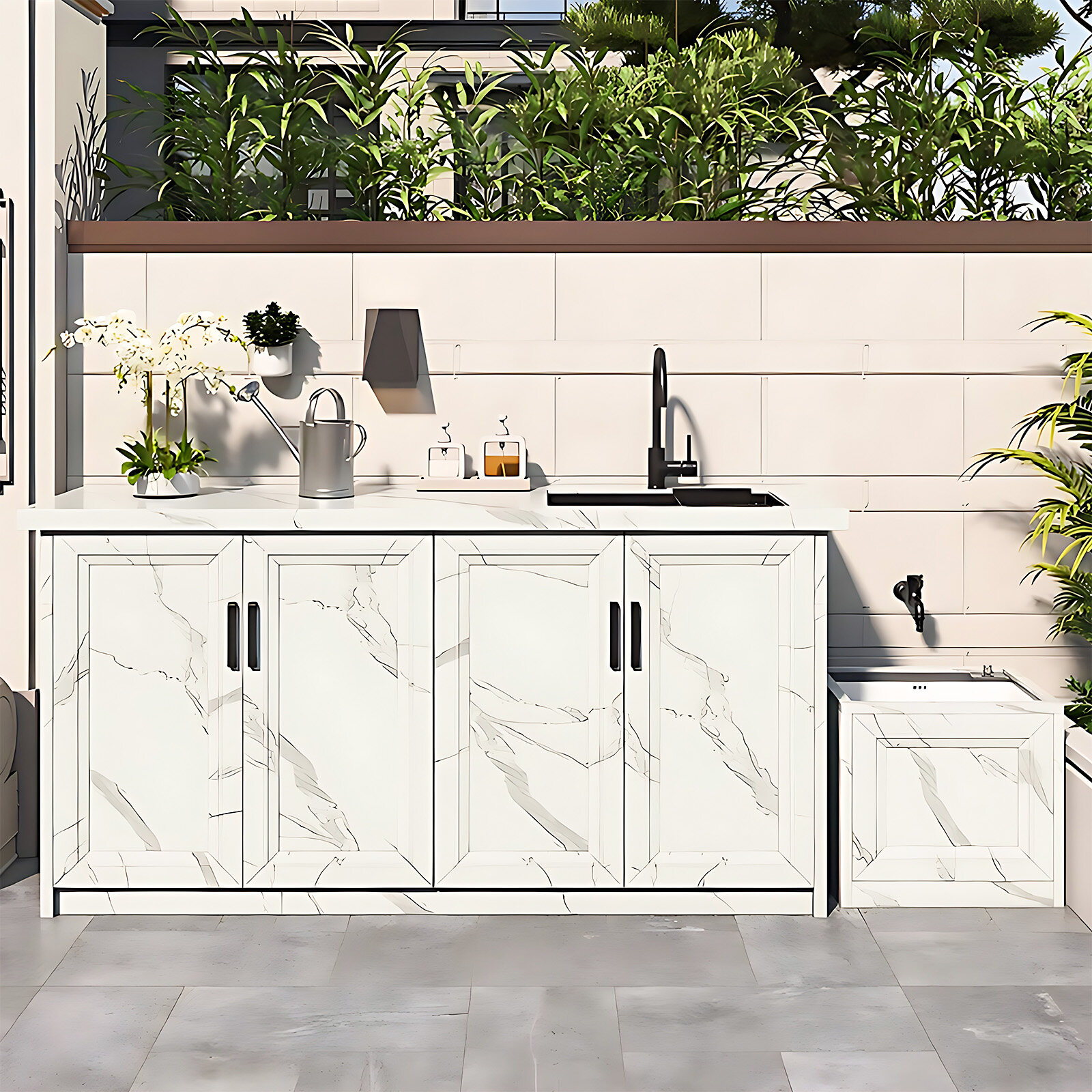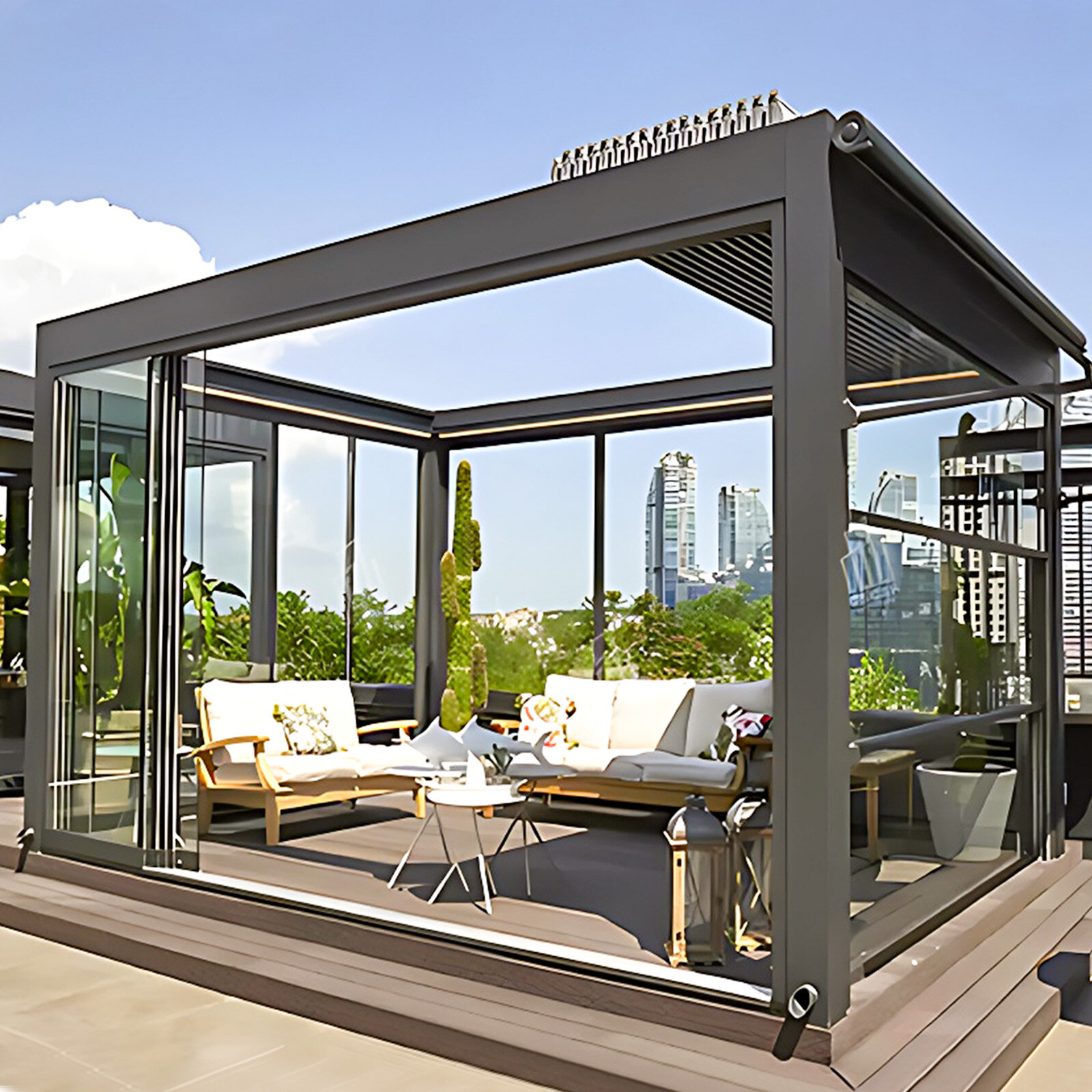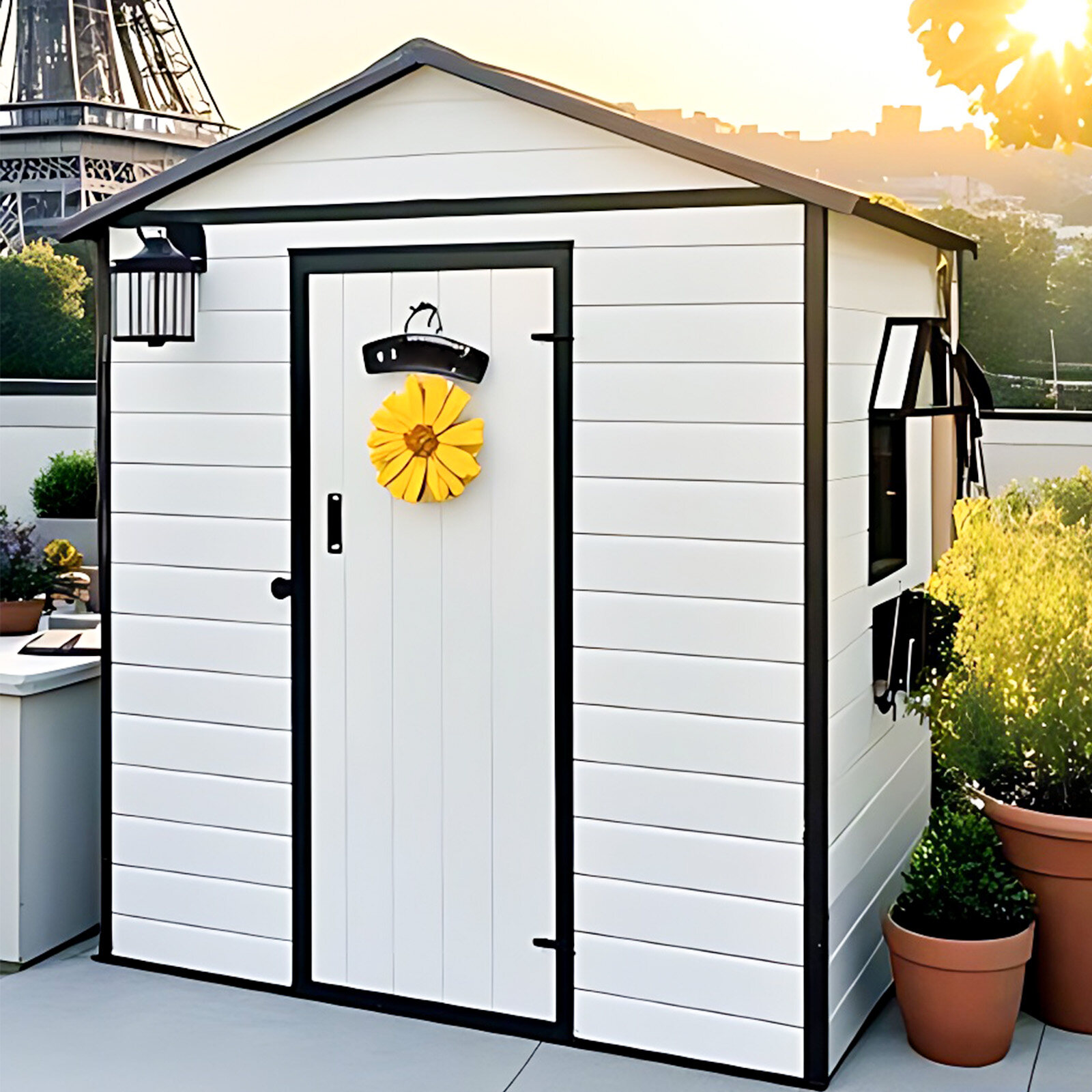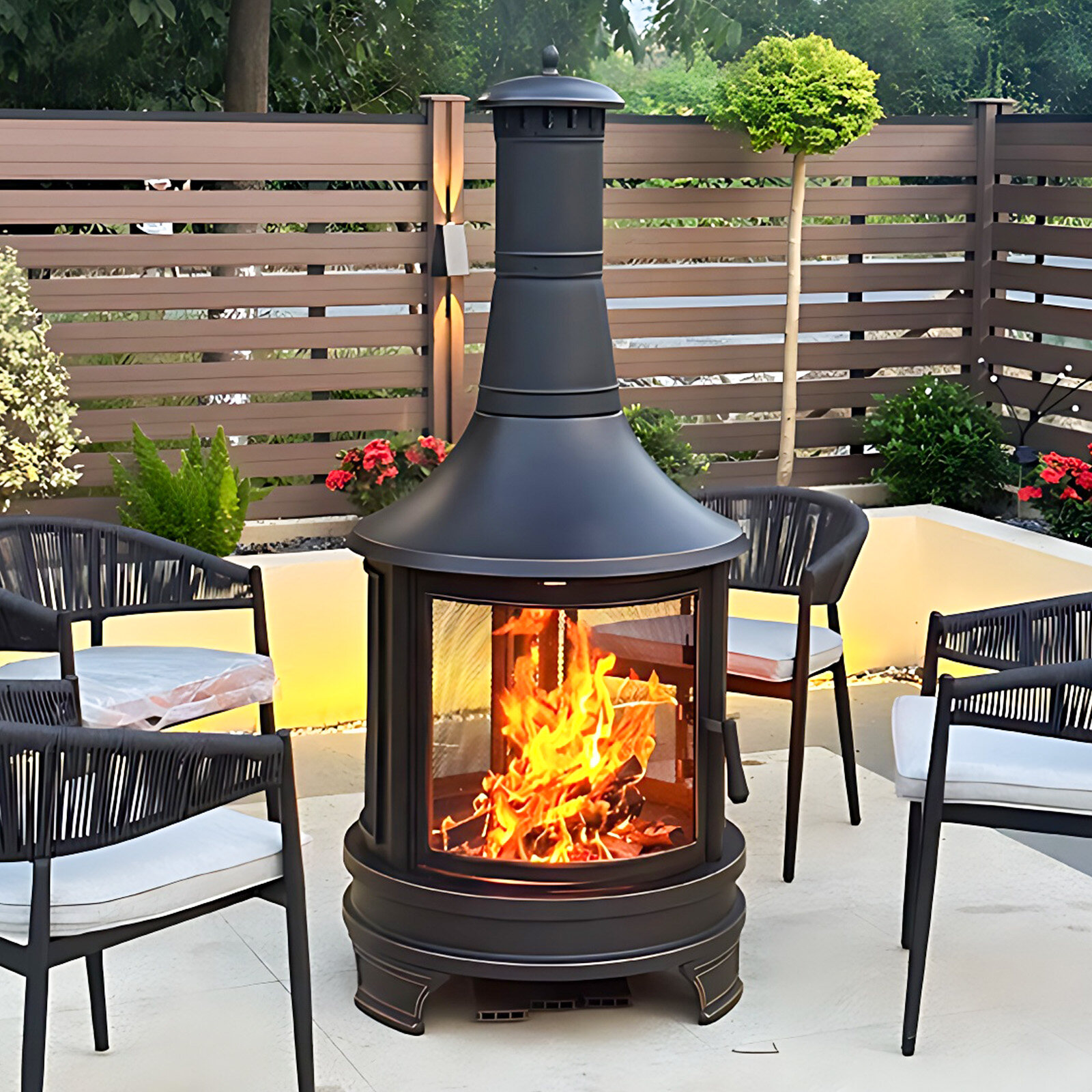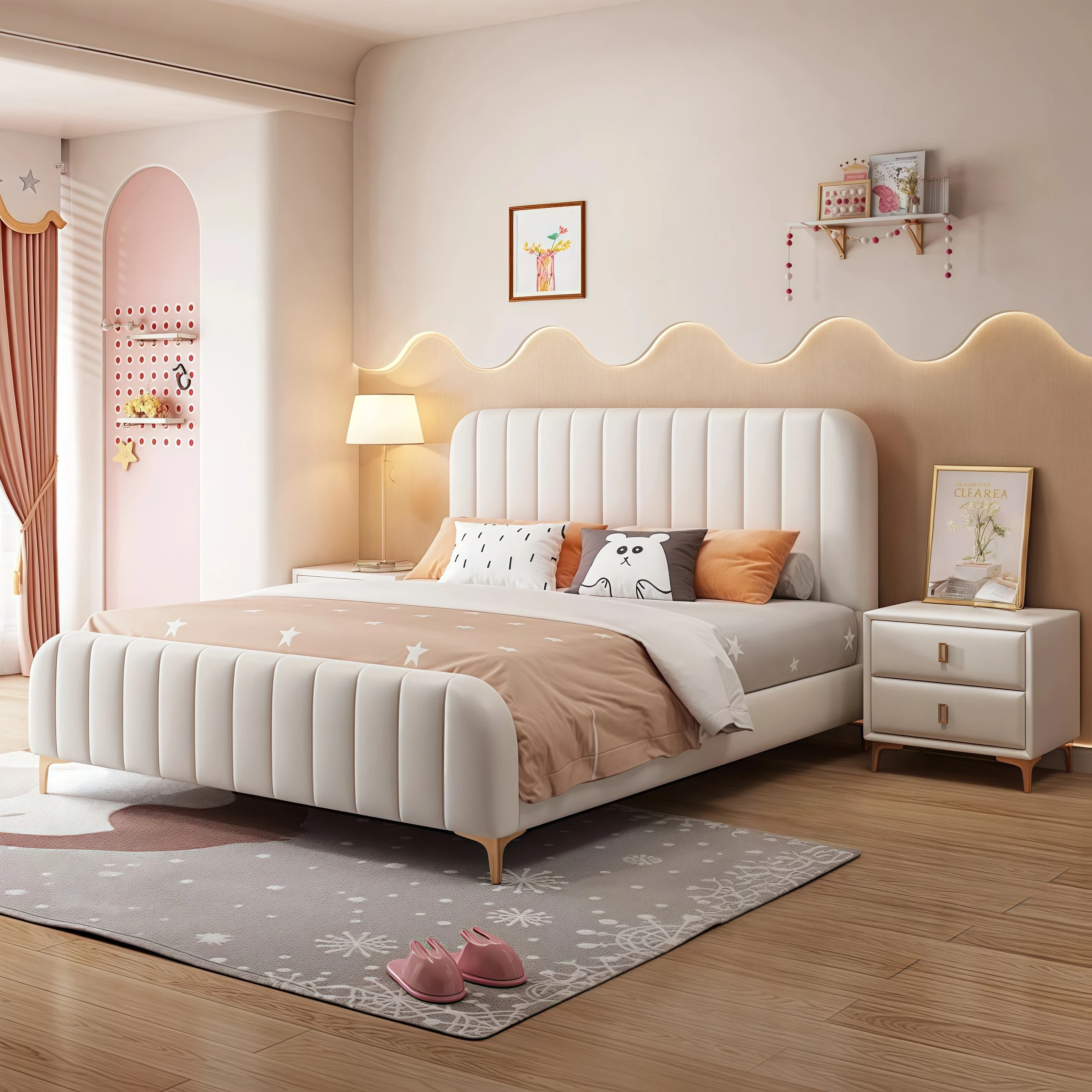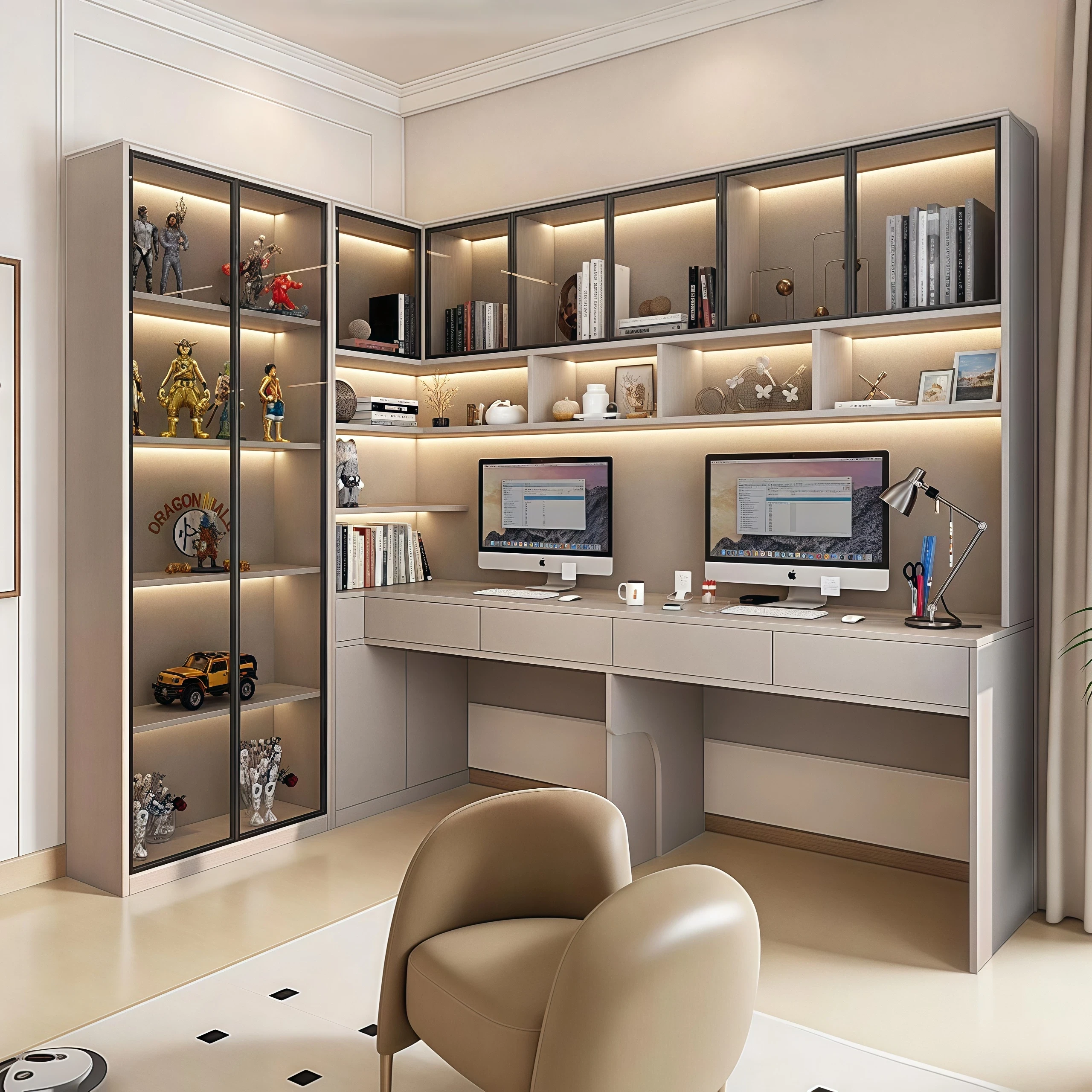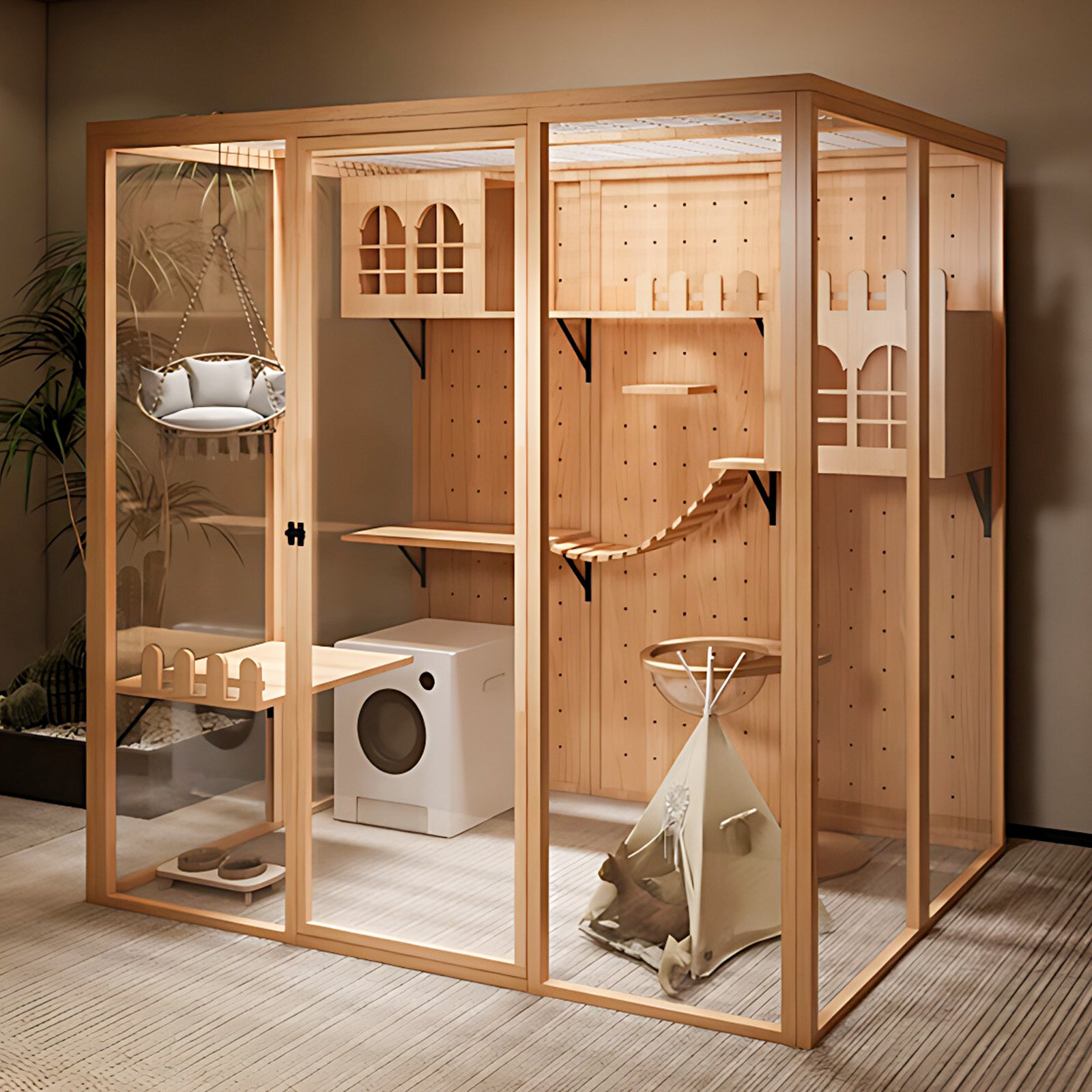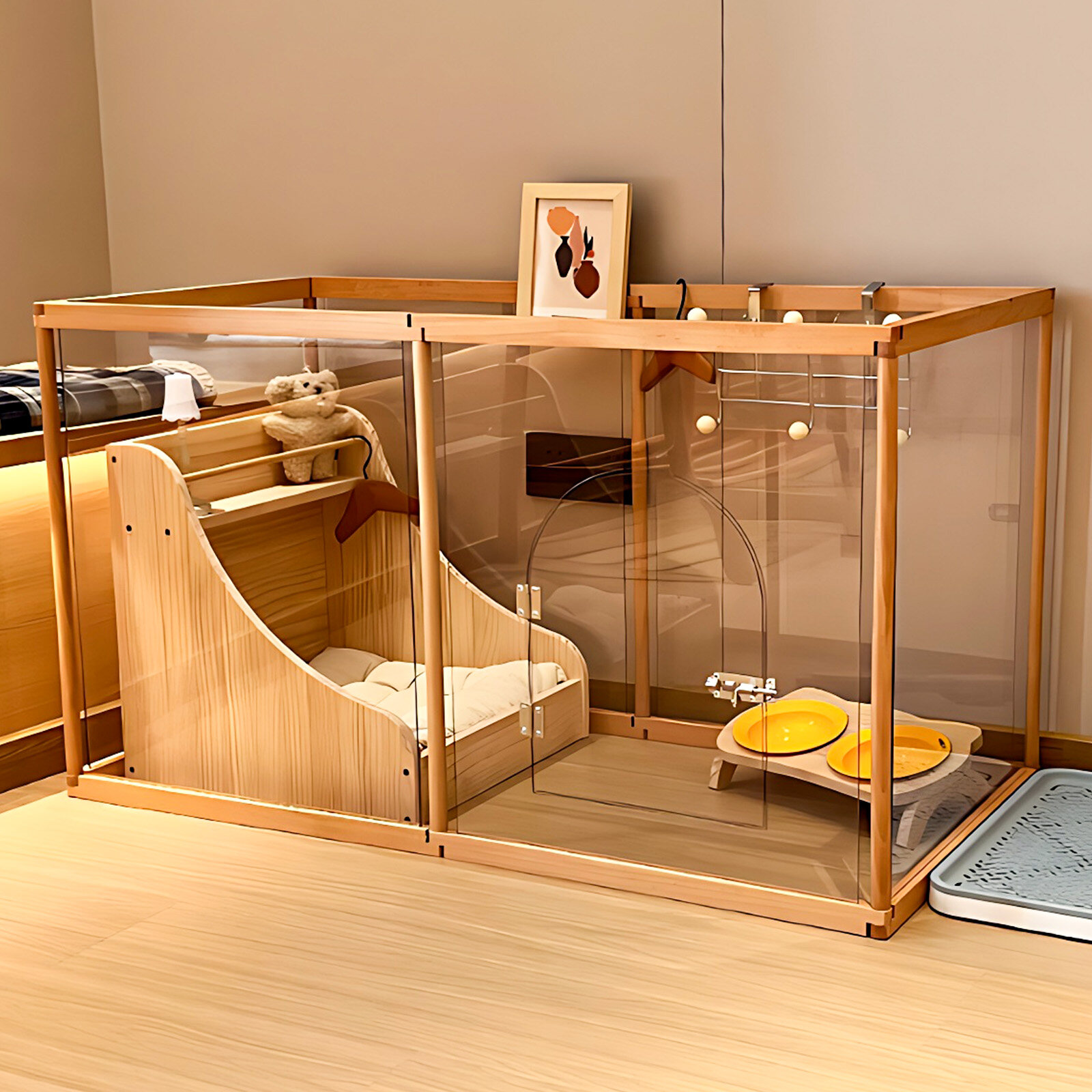In the fast-paced world of modern life, a well-designed dressing room is more than just a place to store clothes; it's a private fashion haven that showcases your personality and taste. How can you create a dressing room that's both practical and beautiful? Here are the dressing room decorating tips you need to know.
I. Planning and Layout: Utilizing Every Inch of Space
1. Determining the Space Size
First, determine the size of your dressing room based on the number and variety of clothes you have. If space is limited, consider customizing multi-level wardrobes or rotating hangers to maximize vertical space.
2. Functional Areas
Rational functional areas are key to dressing room design. Separate areas for hanging clothes, stacking clothes, drawers, and shoes and hats for easy storage. Hanging clothes are suitable for wrinkle-prone clothing and formal wear, stacking clothes are suitable for everyday clothes, and drawers are suitable for smaller items like underwear and socks.
II. Choosing Materials: Balancing Durability and Style
1. Wardrobe Material
The material of your wardrobe directly affects its lifespan and aesthetics. Common materials include solid wood, panel materials, and metal. Solid wood wardrobes offer a premium feel but are more expensive; panel materials offer a high cost-effectiveness but require moisture protection; and metal wardrobes offer a modern look but need to be protected from scratches.
2. Floors and Walls
For floors, choose wear-resistant tiles or wood flooring. For walls, choose waterproof and moisture-resistant wallpaper or paint. If possible, you can also install decorative shelves on the walls to increase storage space.
III. Lighting Design: Illuminate Your Stylish Space
1. Main Lighting
Install main lighting fixtures overhead to ensure ample lighting throughout the closet. Choose ceiling or recessed lighting, aiming for softer lighting to avoid glare.
2. Auxiliary Lighting
To better display your clothing, install LED light strips inside the closet to provide soft auxiliary lighting. Additionally, small spotlights can be installed around the mirror to enhance the overall ambiance.
IV. Details: Improving the User Experience
1. Mirror Design
Mirrors are an essential element in a dressing room. They not only facilitate trying on clothes but also visually expand the space. You can choose a full-length mirror or install a folding mirror on the wardrobe door to save space.
2. Storage Accessories
Use storage accessories such as baskets, hooks, and trouser hangers to enhance the functionality of your dressing room. For example, transparent baskets make it easy to find items quickly, while trouser hangers prevent wrinkles.
V. Environmental Protection and Health: Creating a Comfortable Environment
1. Environmentally Friendly Materials
During the renovation process, choose environmentally friendly materials to avoid excessive levels of harmful substances like formaldehyde and protect your family's health.
2. Ventilation Design
Maintaining ventilation in your dressing room is key to preventing mold and mildew. You can install an exhaust fan or create ventilation holes near windows.
Overall, an ideal dressing room not only improves your quality of life but also becomes a source of joy. Through thoughtful planning, material selection, lighting design, and detailed attention to detail, you can create a private, stylish space that's both practical and fashionable. Take action now and give your closet a fresh look!

 USD
USD
 GBP
GBP
 EUR
EUR

